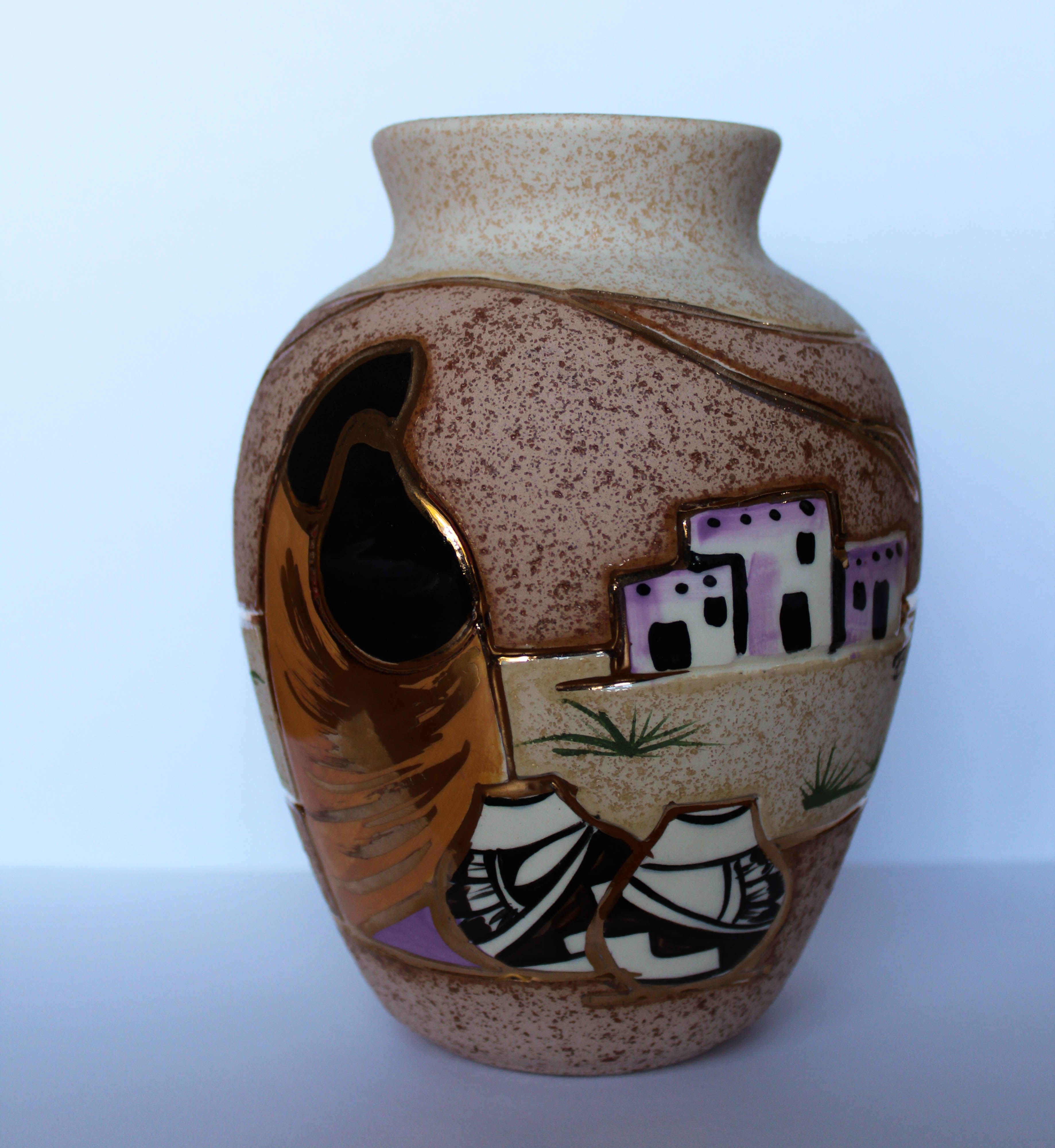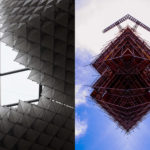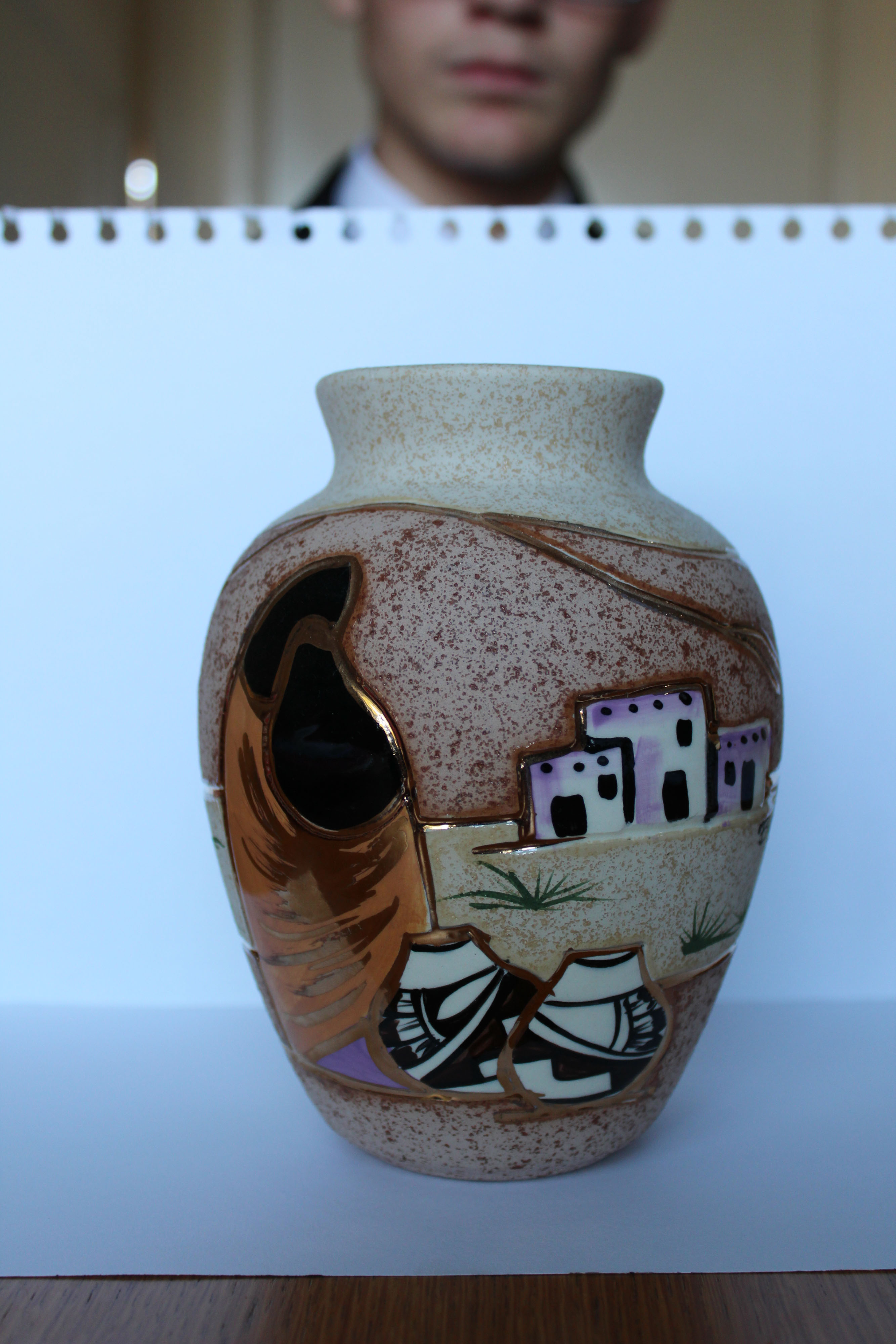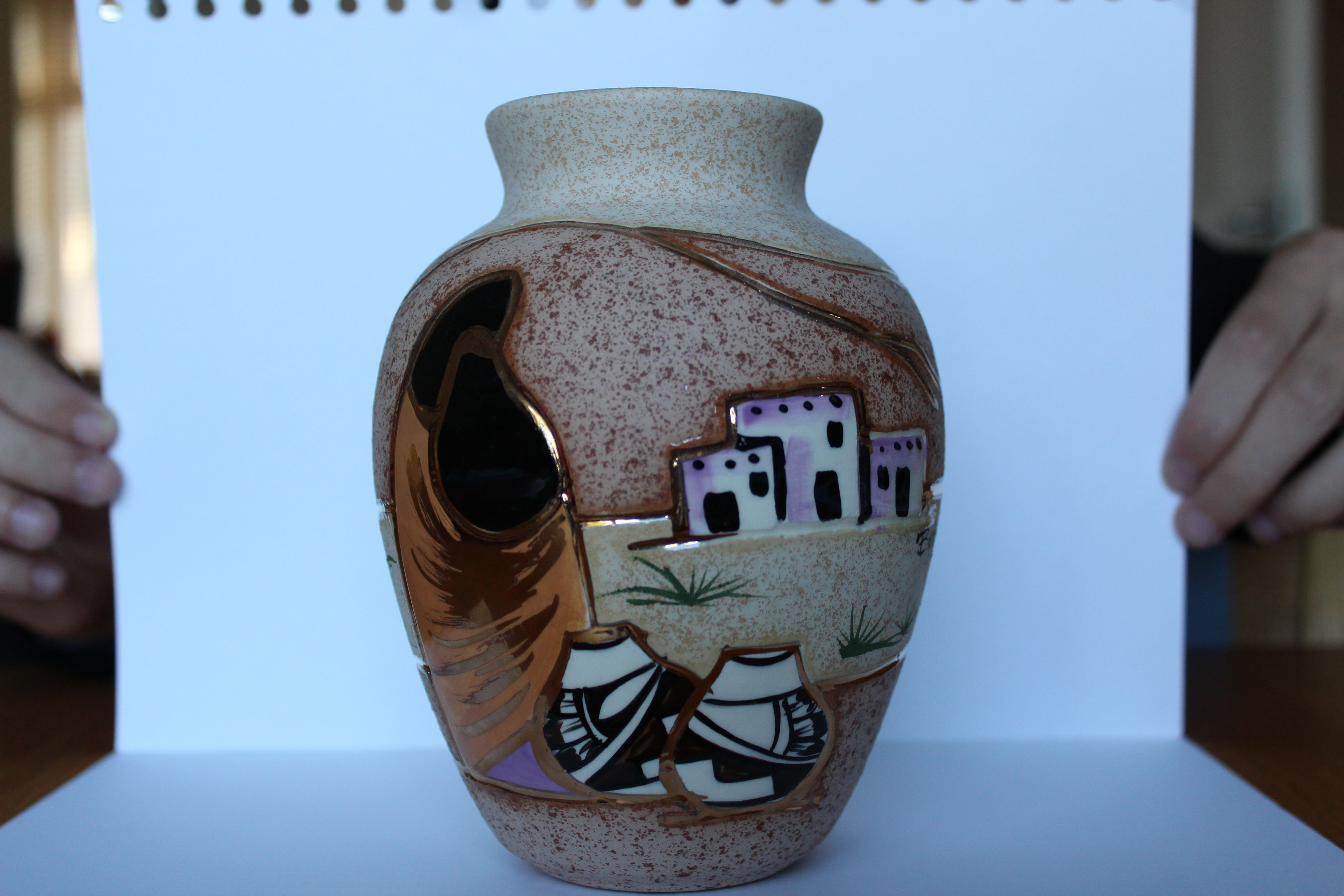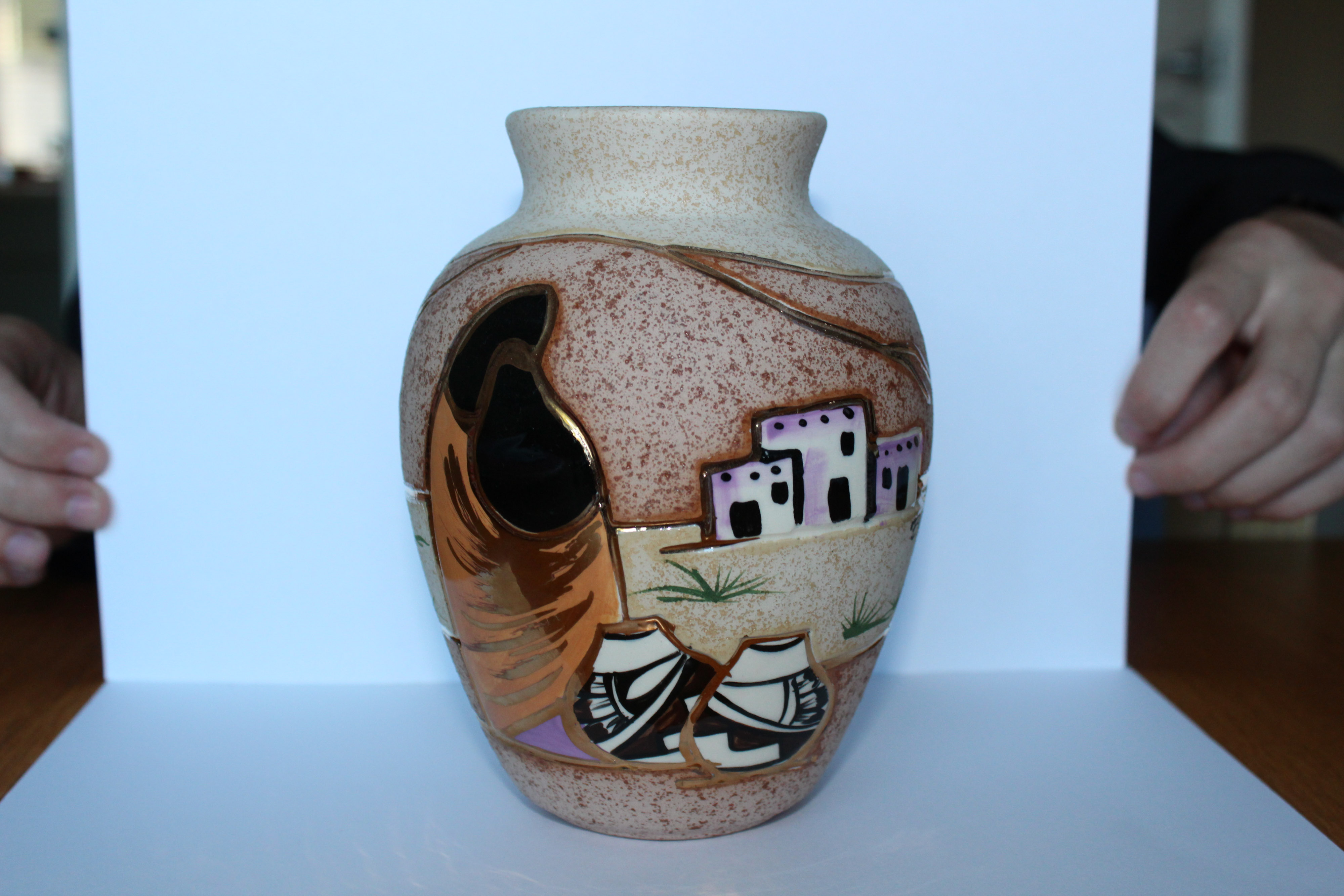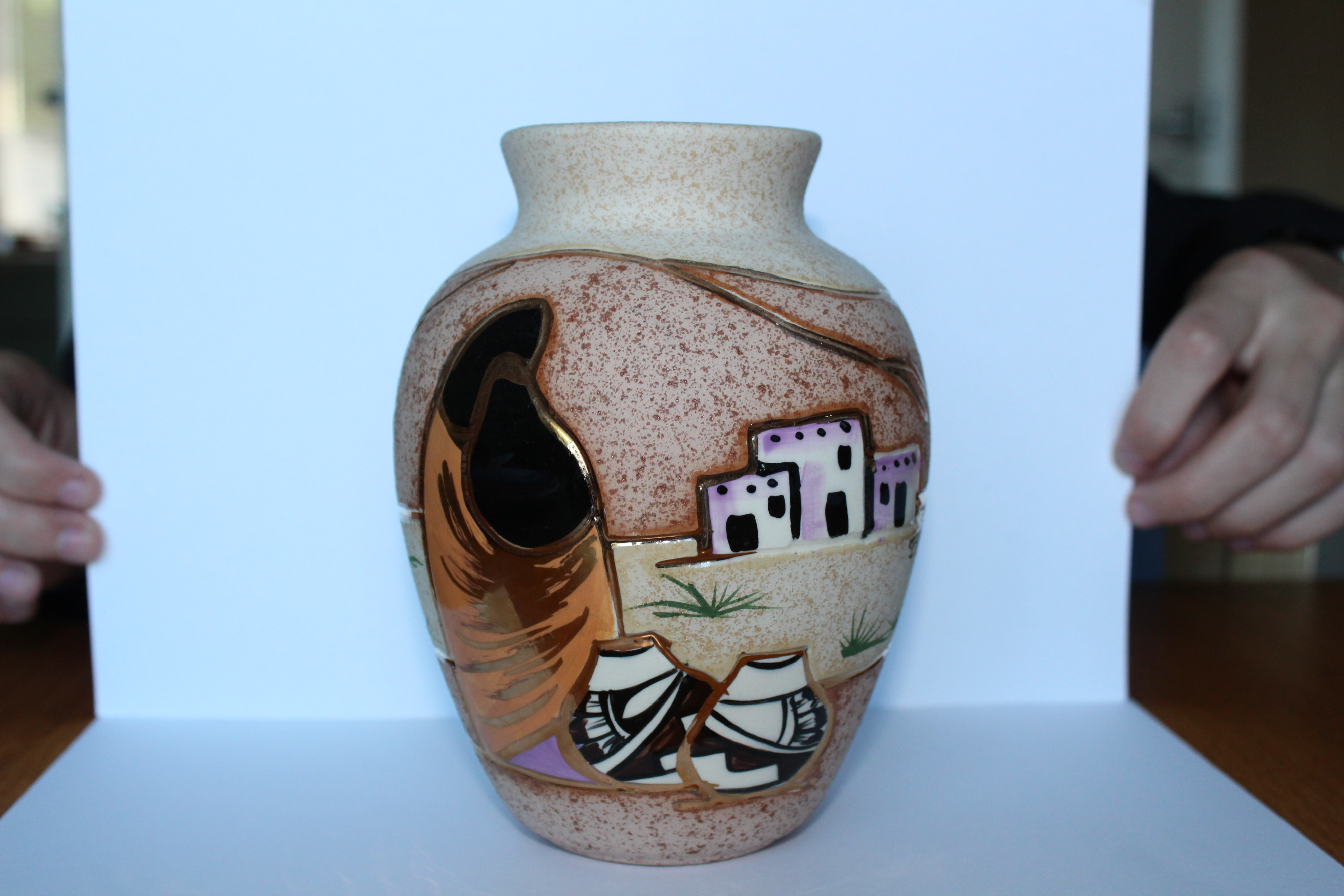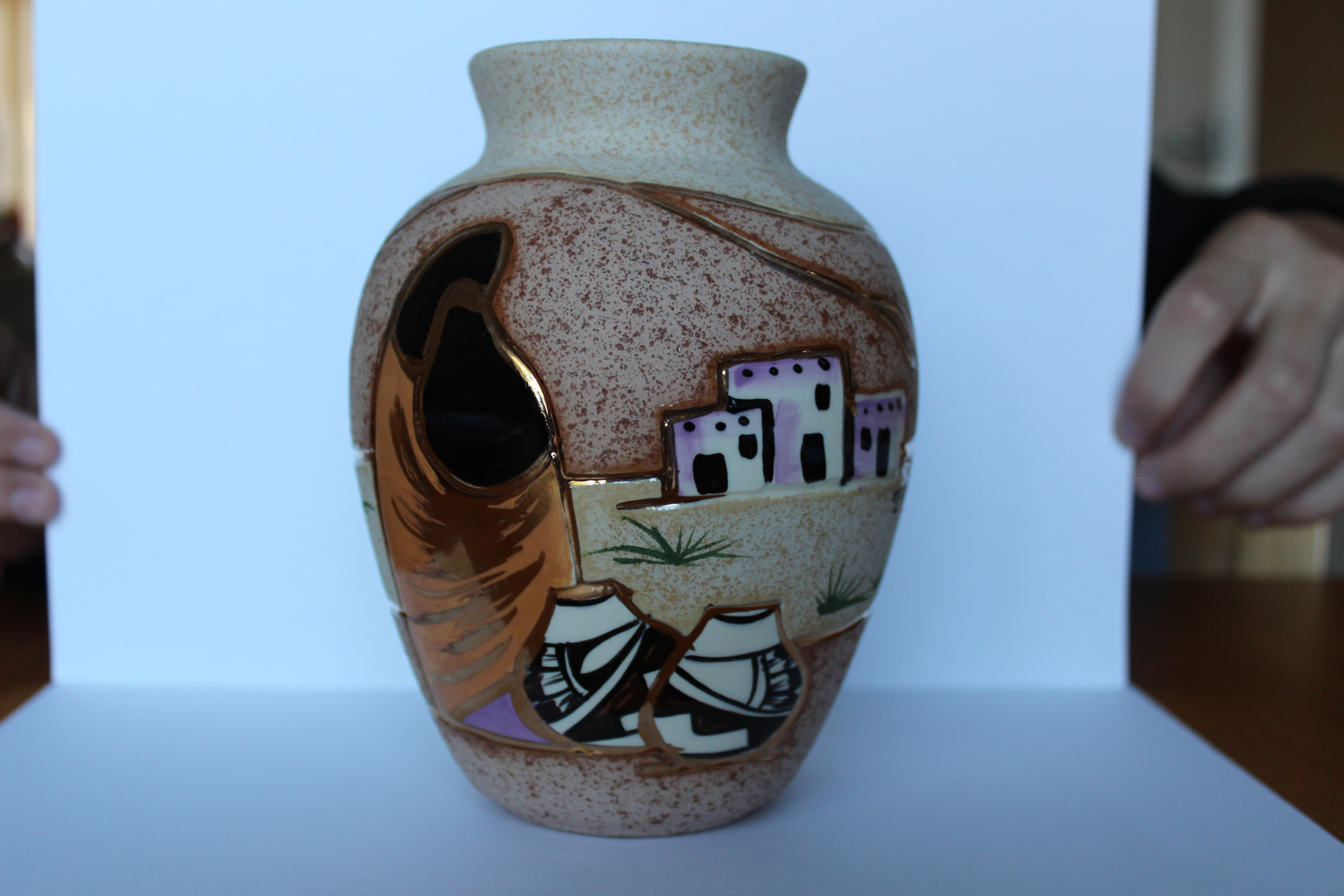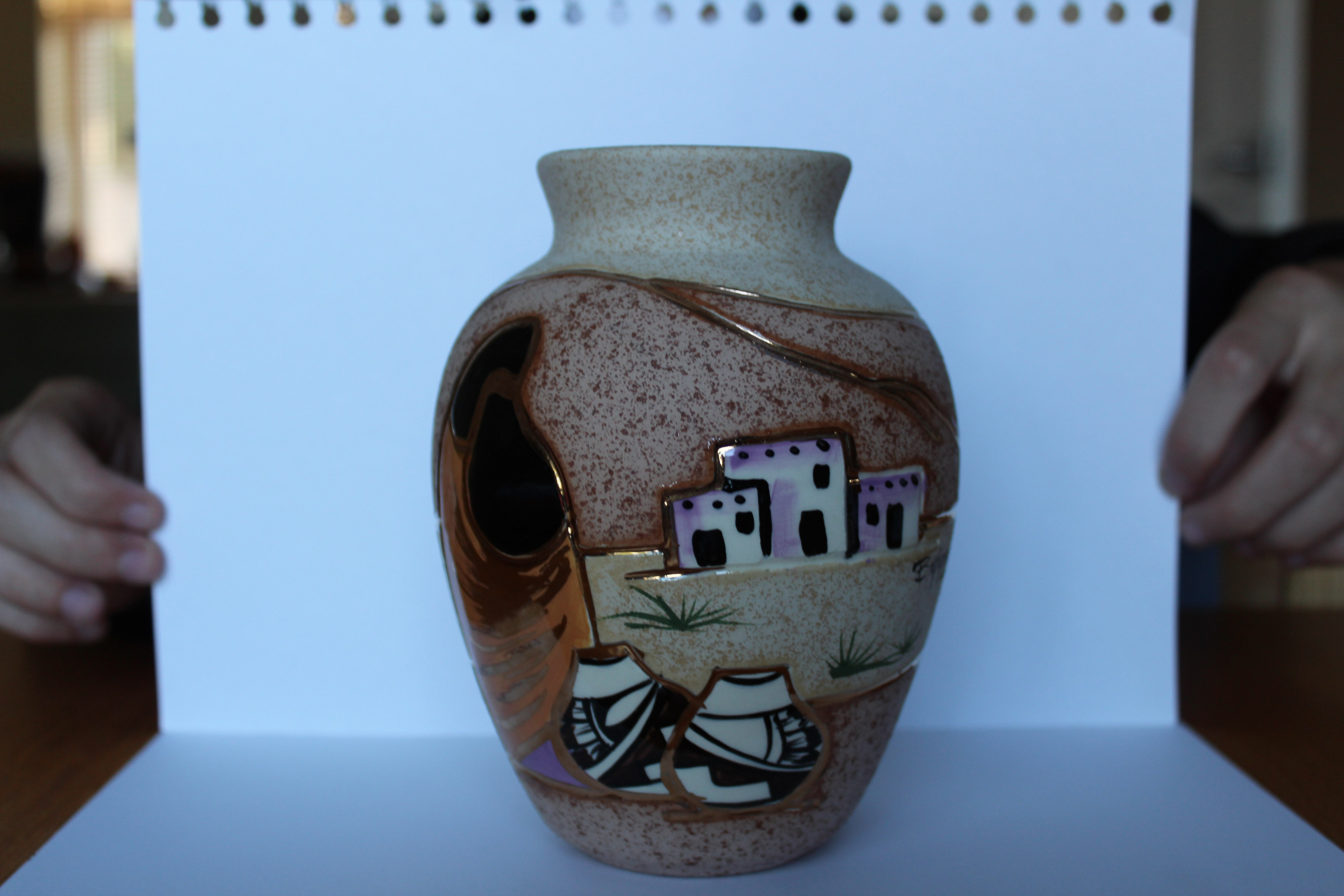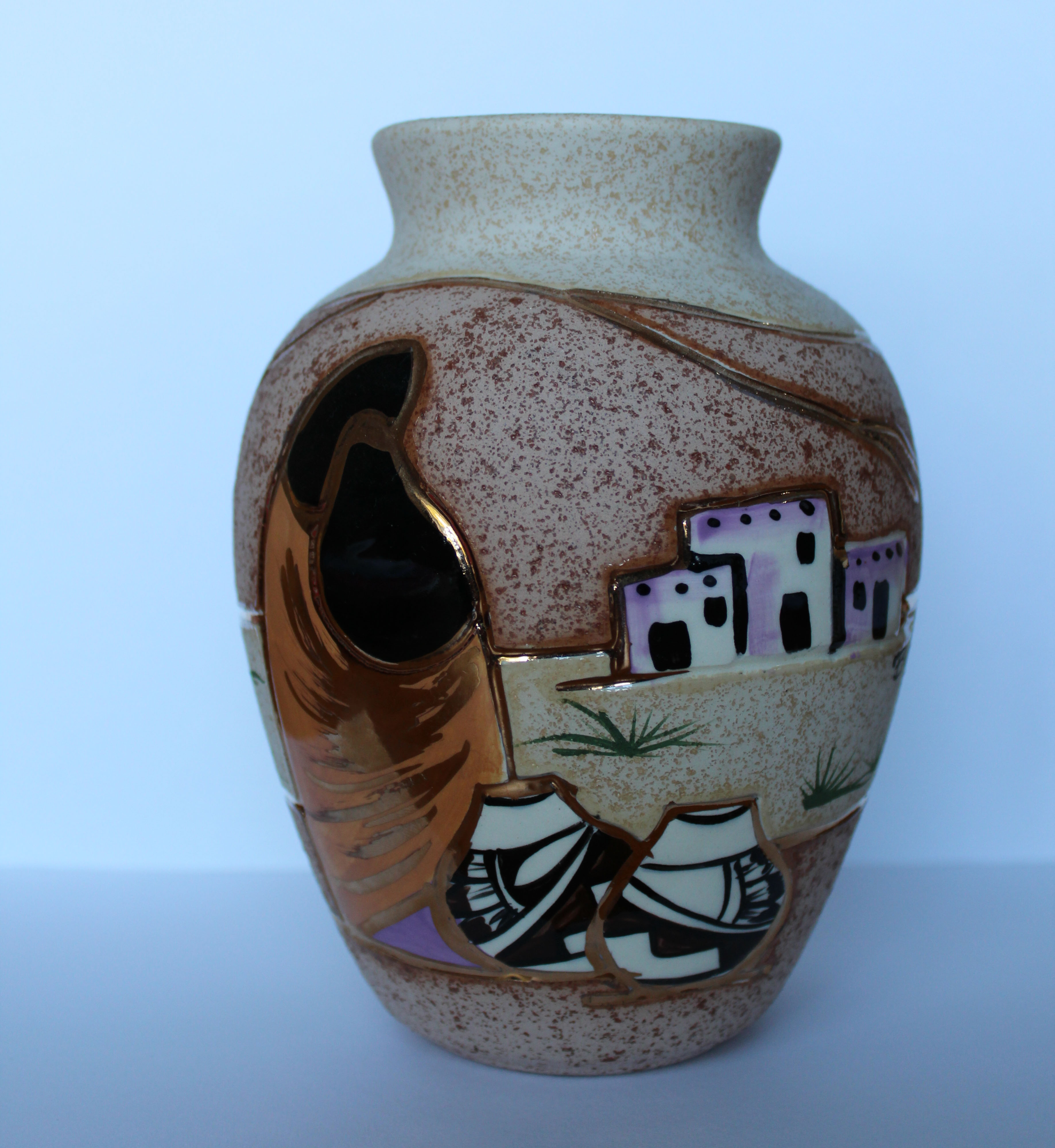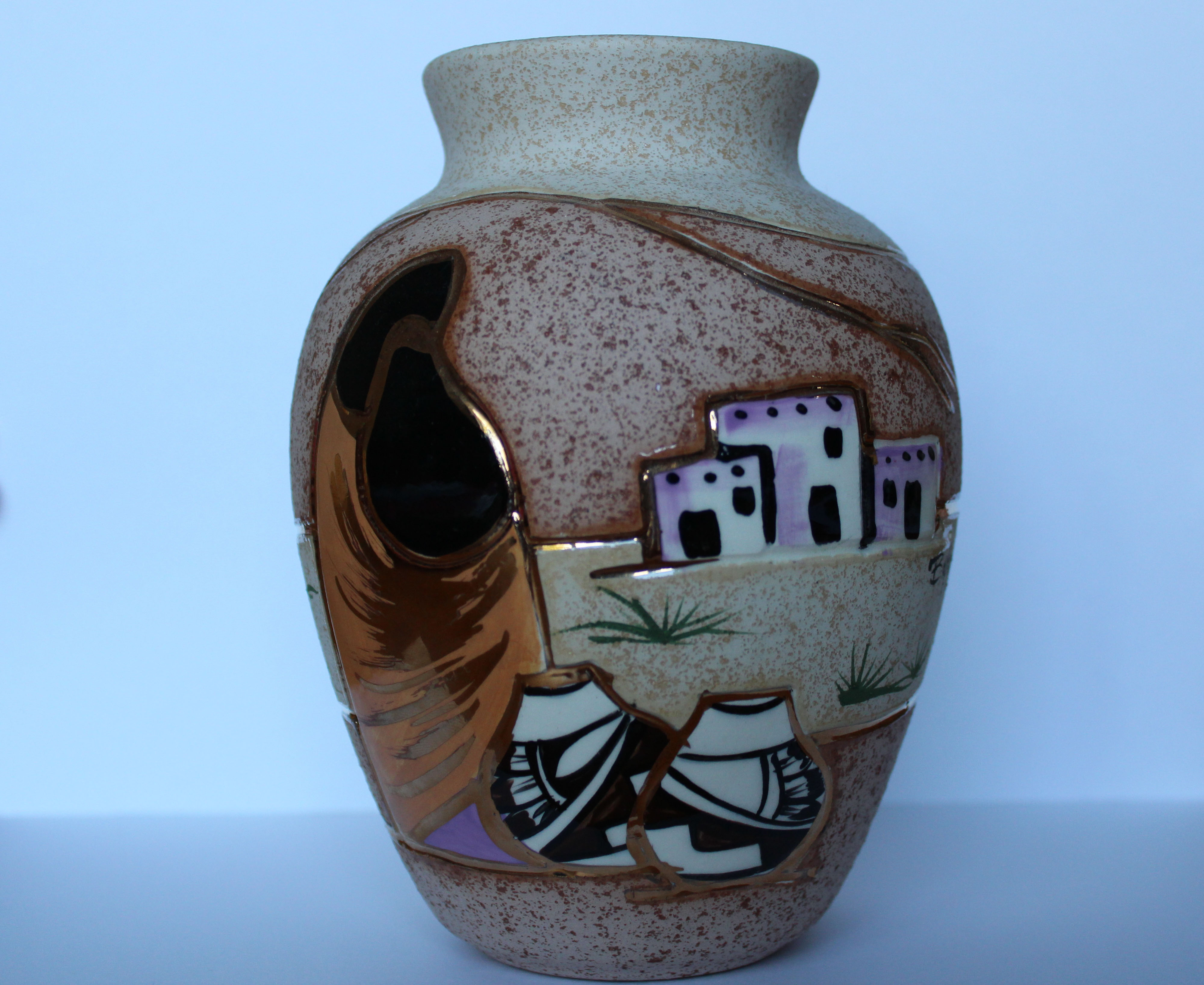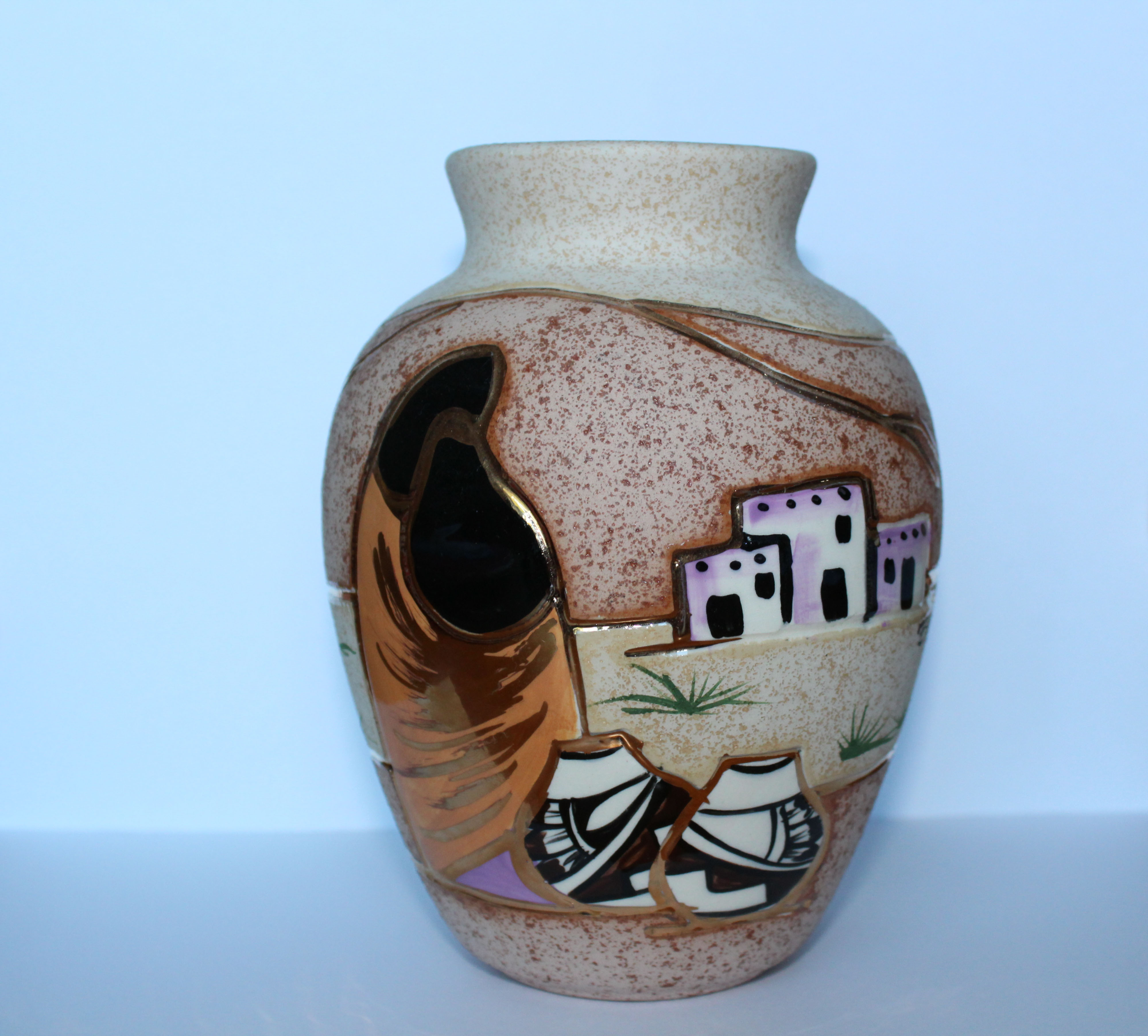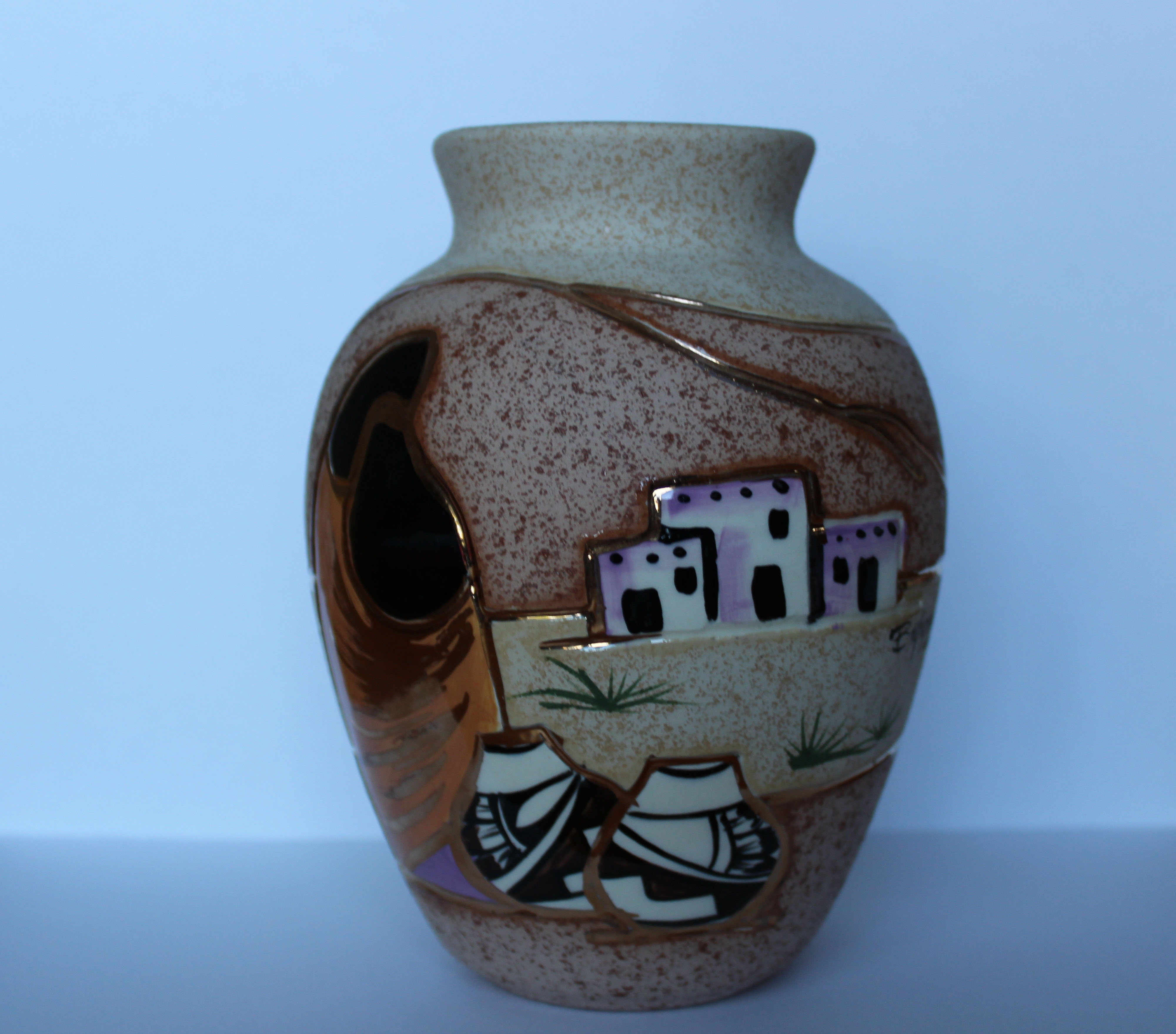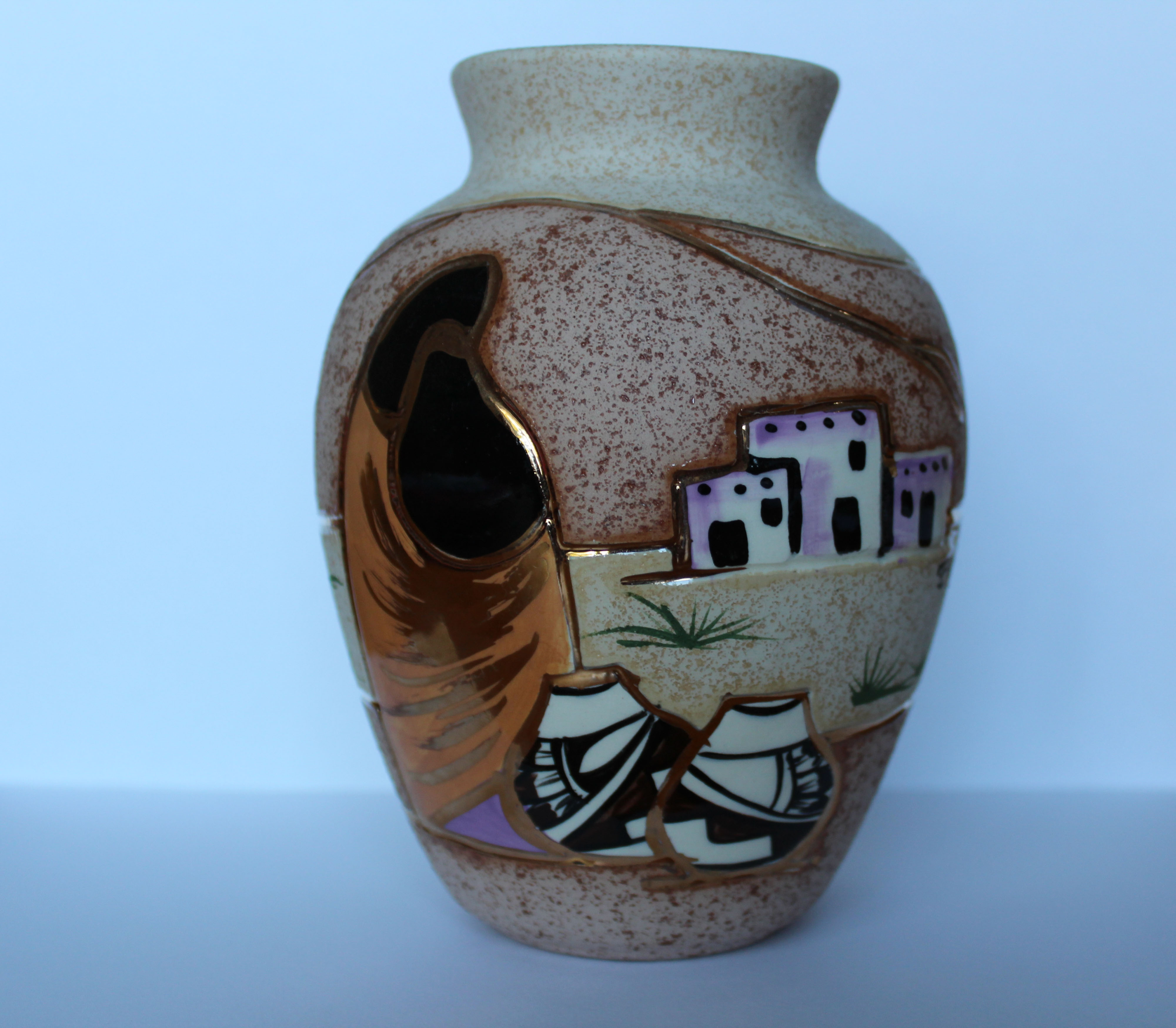Monthly Archives: October 2018
Filters
Valeria Cherchi – Some of you killed Luisa (GPF)
Who is Valeria Cherchi?
Valeria Cherchi is an Italian photographer who was born and raised in Sardinia, Italy.
Her practice focuses on projects regarding social and cultural issues. Her research is driven by the need of exploring topics such as time, memories and history connected to her personal experience. She is interested in true and tangible character-driven stories, often told by combining photography and text.
In 2018 Valeria is named in British Journal of Photography’s annual ‘Ones to Watch’.




TASK 1: Breaking the Rules
It is really important that you get off to a creative and productive start in your new project. You should aim to do something practical and photographic each week, either make new images with your camera or work digitally with images in post-production (Lightroom/ Photoshop/ Premiere.)
Those students who are disciplined and work with a real focus on a sustained investigation ie: go on shoots, experiment with images, explore ideas in-depth will achieve the highest marks and also enjoy the creative challenge of exploring the theme of Political Landscapes.
Watch this video about John Baldessari narrated by Tom Waits as an inspiration first.
For this assignment we want you to complete a photographic shoot where you break one of the rules of photography.
#1 The Rules of Objectivity – W. Eugene Smith, John Grierson, Mathieu Asselin
#2 The Rule of Audience – Lewis Hine, Daile Kaplan, Mark Neville
#3 The Rule of Manipulation – Steve McCurry, Errol Morris, Alice Wielinga
#4 The Rule of Reality – John Grierson, Peter Watkins, Joshua Oppenheimer, Cristina de Middle, Paula Paredes
#5 The Rule of Technicality – Laura El-Tantawy, Henrik Malmström
#6 The Rule of Ownership – Thomas Sauvin, Mishka Henner
#7 The Rule of the Camera – Donald Weber, Liz Orton
#8 The Rule of Rule Breaking – Olivia Arthur, Carolyn Drake
Complete the following blog posts
- Read: article Rule Breakers by Lewis Bush (Archisle Photographer-in-Residence 2018.)
- Plan: Choose one rule of photography and develop an idea for a shoot – 1 blog post.
- Research: At least two artists references in relation to your chosen rule that provide analysis and context – 1-2 blog posts.
- Record: Produce at least one shoot.
- Experiment: Edit a selection of 5 images with annotation – 1 blog post.
- Evaluate: Choose your best image and evaluate with reference to Bush’ text and artists references – 1 blog post.
- Present: Print best image and prepare a 1 min presentation Wed 10 Feb in class around the table.
Photo Assignment 2: Choose one rule and make a photographic response
Extension: Choose a second rule to break and repeat the above process.
DEADLINE: Mon 15 Oct – all posts uploaded!
In essence if you follow the above 7 step in your process you will fulfil all assessment criteria and work towards a set of final and successful photographic outcomes. 
Future Of St Helier Prints
The images I chose to print were featured in my zine, based around the theme of ‘living’.
The top 3 images are paired together, connected by colour and location. The images show different perspectives of the same environment. The image on the left is the largest of the three as I wanted the viewer to notice the details in the image, the bird feeder, domesticated cat, mop and ladder all represent the theme of ‘living’.
I chose to present the black and white image on a single board as I believed that it was more powerful by itself. With the slightly hidden figure centre of the image, the viewer is drawn to connect with the person, relating over the daily task of ‘hanging the washing’.
FUTURE OF ST HELIER NEWSPAPER AND INSTALLATION
Hoarding Installation
The unveiling of the Future of St Helier Hoarding at the International Finance Centre on the Esplanade in St Helier took place on Thursday 13 Dec 2018.

First published as a 52 page newspaper supplement in September by the Jersey Evening Post the work produced by A-Level Photography students at Hautlieu School have been transformed into a 34m outdoor installation as part of Masterplan Community Arts and Education Project
We were challenged with responding to specific areas, streets and neighbourhoods divided up along the urban vingtaines of St Helier and to explore through research, archives and photography the built-environment, urban living, diverse communities, town planning, land use and re-generation projects.
We thank all sponsors and collaborators for making this a successful contribution to the island’s cultural records and historic archives Jersey Development Company, Camerons Ltd, MJP Architects, Archisle, Lewis Bush, Photo-Archive Societe-Jersiaise, Kevin Pilley, States of Jersey and Connétable of St Helier, Simon Crowcroft
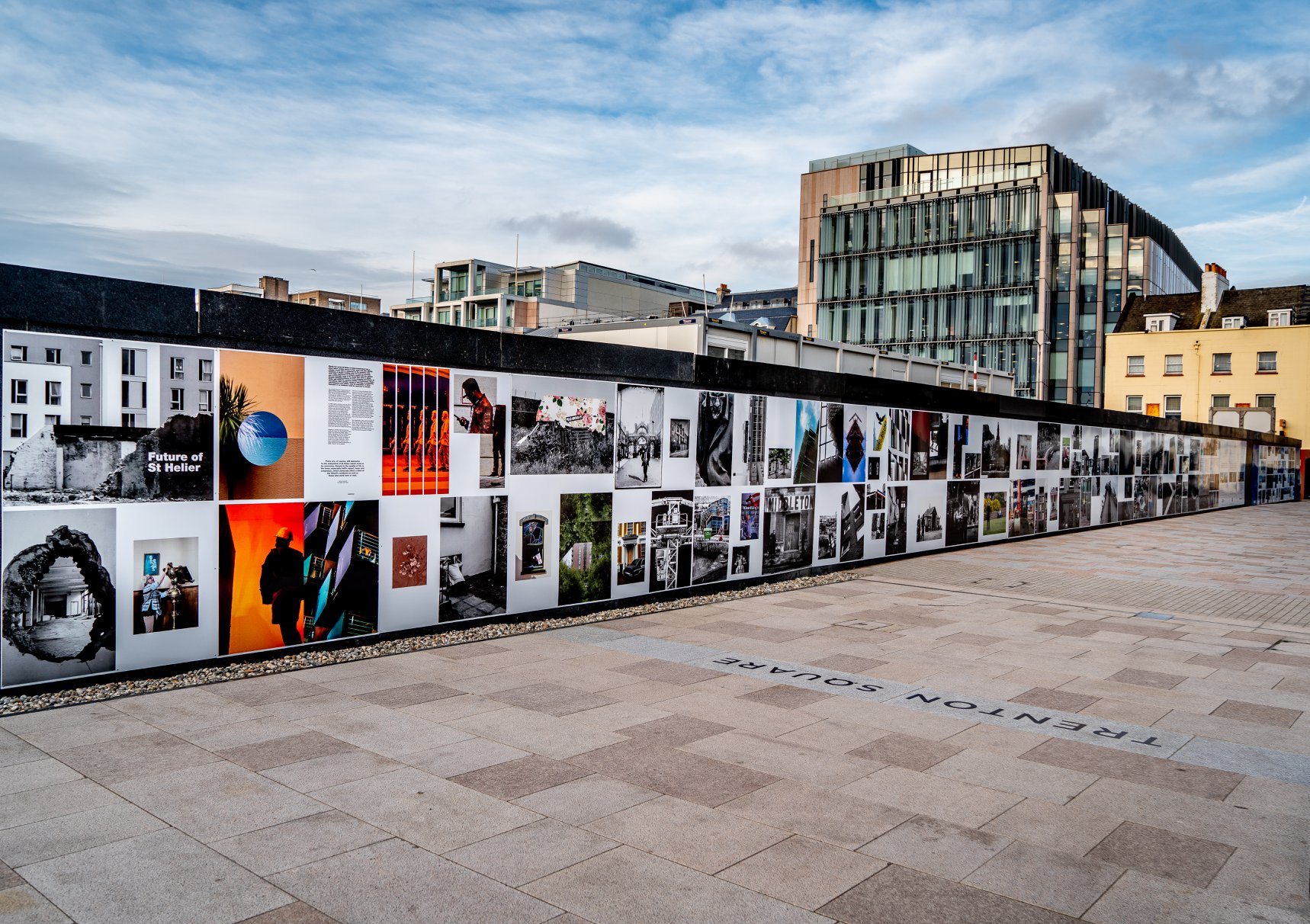
Earlier today we unveiled the Masterplan Future of St Helier hoarding display at the International Finance Centre. Lots of local media interest from Jersey Evening Post, ITV Channel TV and BBC Jersey who broadcasted live on radio talking to photography students at Hautlieu School, Constable of St Helier, Simon Crowcroft and sponsors Jersey Development Company, Camerons Ltd, MJP Architects about the future of the island and its capital. An excellent example of how a community arts and education project can generate a debate that affects all those who either live, work or visit St Helier.
If you are interested in our views of young people tune into BBC Radio here (listen from 3:18:30 onwards or watch the six o’clock news tonight on ITV.
https://www.bbc.co.uk/sounds/play/p06rlpdw
If you missed the news last night at ITV Channel TV you can catch up here with Hautlieu students talking (15m.12s) about their images on display at the Masterplan Future of St Helier hoarding on the International Finance Centre.
See link here

The outdoor installation on the hoarding around the construction site is a great way to engage the public in art and debates concerning the future of the island’s capital but, what we need in Jersey is a new contemporary art space that will provide a new venue to showcase art produced in the island, but equally also bring international art to Jersey for the public enjoyment of its residents and visitors alike.
The recent Culture, Arts and Heritage Strategic Review, commissioned by the Government of Jersey makes 20 new recommendations that will revitalise the island’s cultural infrastructure and achieve a wide range of social and economic objectives from tourism, to health and well being to external relations, to planning and environmental developments – in the hope that in partnership with Government it will enrich and enhance Jersey’s quality of life.
Let’s hope those in power who can make real changes to St Helier’s build environment will include such a new art space in the revised Masterplan of the Waterfront. All we need is political will and re-prioritising public funding for the arts. States of Jersey
Future of St Helier Newspaper
The outcome of students work was first published on Tuesday 18 September 2018 as a 52 page newspaper supplement, Future of St Helier that was printed in 14,000 copies and inserted into a daily edition of the Jersey Evening Post and distributed island wide.
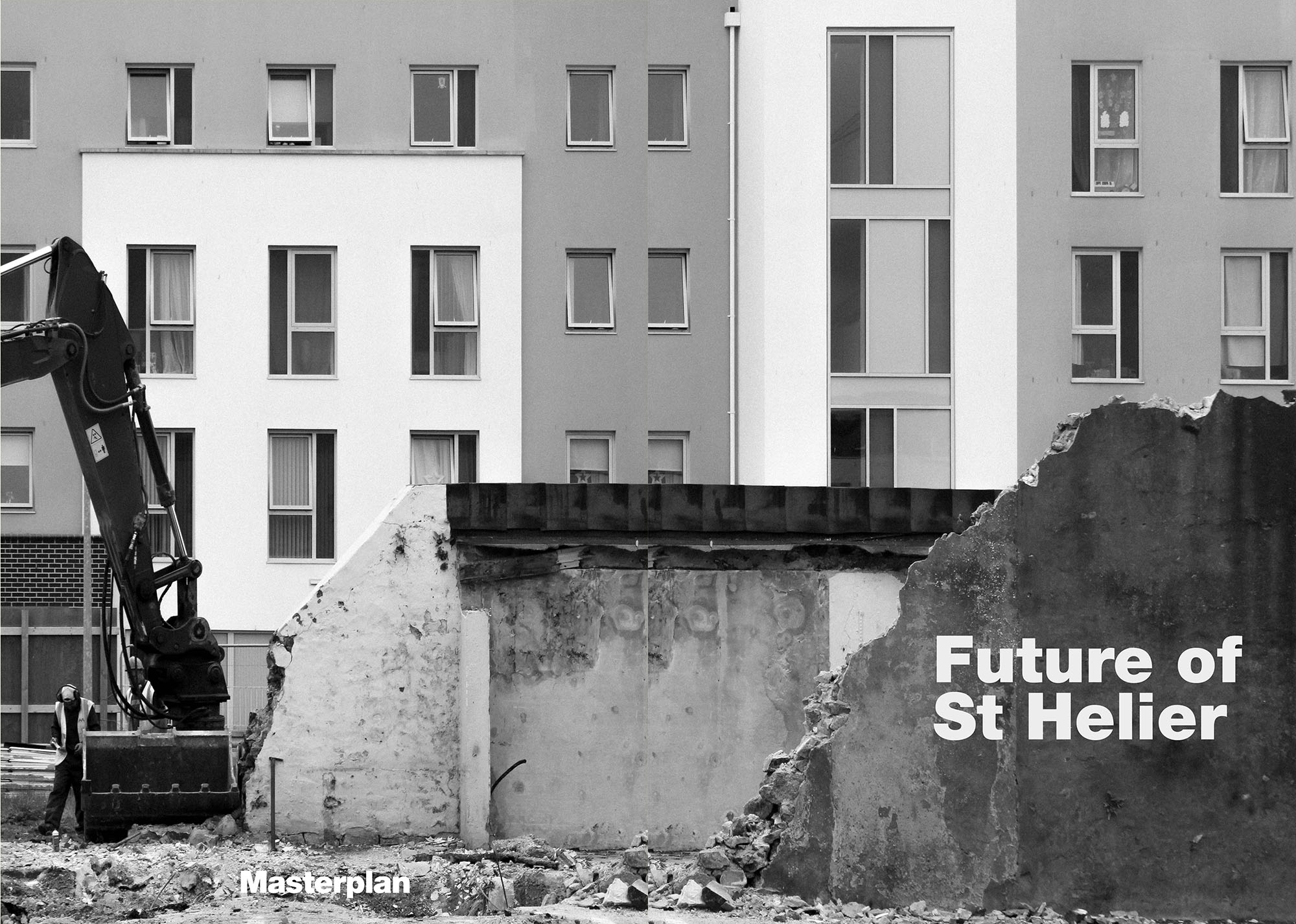
Here is a video browser of our Future of St Helier supplement printed and distributed in today’s edition of the Jersey Evening Post. Hautlieu photography students were challenged with responding to specific areas, streets and neighbourhoods divided up along the urban vingtaines of St Helier and to explore through research, archives and photography the built-environment, urban living, diverse communities, town planning, land use and re-generation projects. Each student designed a page spread which was then split in half producing a fragmented image reflecting on the nature of experience and diversity of St Helier.
Here is a video browser of our Future of St Helier supplement printed and distributed in today’s edition of the Jersey Evening Post. Hautlieu photography students were challenged with responding to specific areas, streets and neighbourhoods divided up along the urban vingtaines of St Helier and to explore through research, archives and photography the built-environment, urban living, diverse communities, town planning, land use and re-generation projects. Each student designed a page spread which was then split in half producing a fragmented image reflecting on the nature of experience and diversity of St Helier. Make sure to get your copy before the shops close!Thanks to everyone involved in the creative process Archisle Lewis Bush, Jamie Cole, Simon Crowcroft, Kevin Pilley – States of Jersey and our sponsors Jersey Development Company and Camerons Limited.
When seeing my work presented in a public and popular location, I felt proud as I knew that it would be seen by the people it represents. Both my images were portraits but the overall context demonstrated the past importance of religion against the modern importance of construction. Suitably, it is placed alongside the newly built finance buildings, reflecting the future importance of finance.
Guernsey Photography Festival
MARK WINDSOR
HISTORY OF THE FUTURE
The History of the future is nostalgia.
Mark Windsor was born in Guernsey, he studied at the London College of Printing and at Derby Lonsdale College before undertaking post-graduate study of community photography and Documentary Photography in the Visual Arts Department of Lancaster University.
He worked as a freelance writer in the UK before returning to Guernsey to work as a photographer/journalist. Mark continues to practice and study photography and has recently returned to freelance work and is now undertaking new commissions.

The layering of human history is implicit in any landscape in which people, over the centuries, have interacted. What remains, and what will be left later of humanity’s hard and soft materials? How will our descendants attach significance to them? Will digital photography leave visual archaeology that will have any meaning to future generations? Will contemporary art photography aid or hinder the communication of knowledge to our descendants?
This exhibition is part of a larger body of work, which is part record of Guernsey, and part speculation on the scope and limitations of photography in its capacity to impart information to future generations.

The visual clues to our past which are the subject of this project, often prompt memory and nostalgia. But what we leave in the picture and how we choose to remember it is a matter of choice – one which we could perhaps engage more consciously.
JAAKKO KAHILANIEMI
Jaakko Kahilaniemi received his BA in Photography from Turku Arts Academy Finland and his MA also in photography from Aalto University of Art, Design and Architecture in Helsinki Finland. He won the prestigious Majaoja/Backlight Prize and was selected as one of the Lens Culture Emerging Talents in 2017. He was one of the ten finalists in Hyéres Festival in 2018 and in Fotofestiwal Łódź. His work has been featured in many publications and his work has been exhibited at galleries worldwide.
100 HECTARES OF UNDERSTANDING

It’s impossible to overstate the significance of forests for Finland, both historically and economically. Over 71% of the total area of the country is covered by forests – that’s over 26 million hectares. 100 Hectares of Understanding is my attempt to understand the 100 hectare area of the forest I inherited in 1997 when I was only 8 years old. Recent explorations in the forest, and in the world of forestry have managed to provoke my interest towards the unfamiliar property of mine.

The 100 Hectares of Understanding project includes both tangible and intangible approaches and visualizations of what forest and forestry mean to me and how the unknown becomes familiar. I study what nature has to offer to urbanized people and I will try to create new ways of thinking and ways to experience and feel the forest. For the unknown to become familiar requires both physical and delicate acts: to nurture and to tame, to master and to yield. My photographs are testimonial, traces of my aspirations towards understanding and awareness.
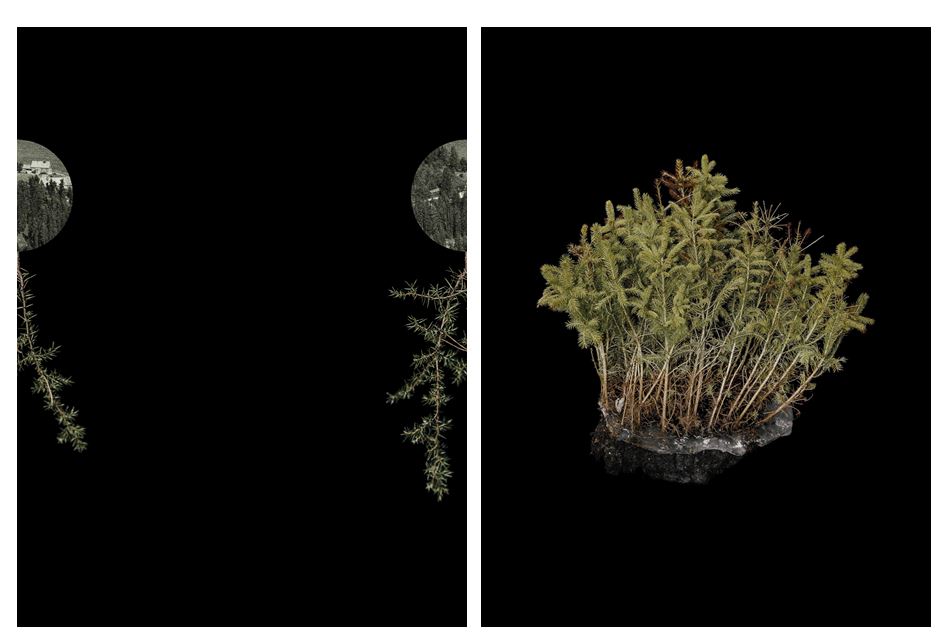
Taking inspiration from Fluxus and the traditions of Arte Povera, I seek to encounter the forest with a playful and open approach. 100 Hectares of Understanding consists of the objects that I’ve found, the acts that I’ve photographed, the sculptures I’ve made and visual secrets that I have created.
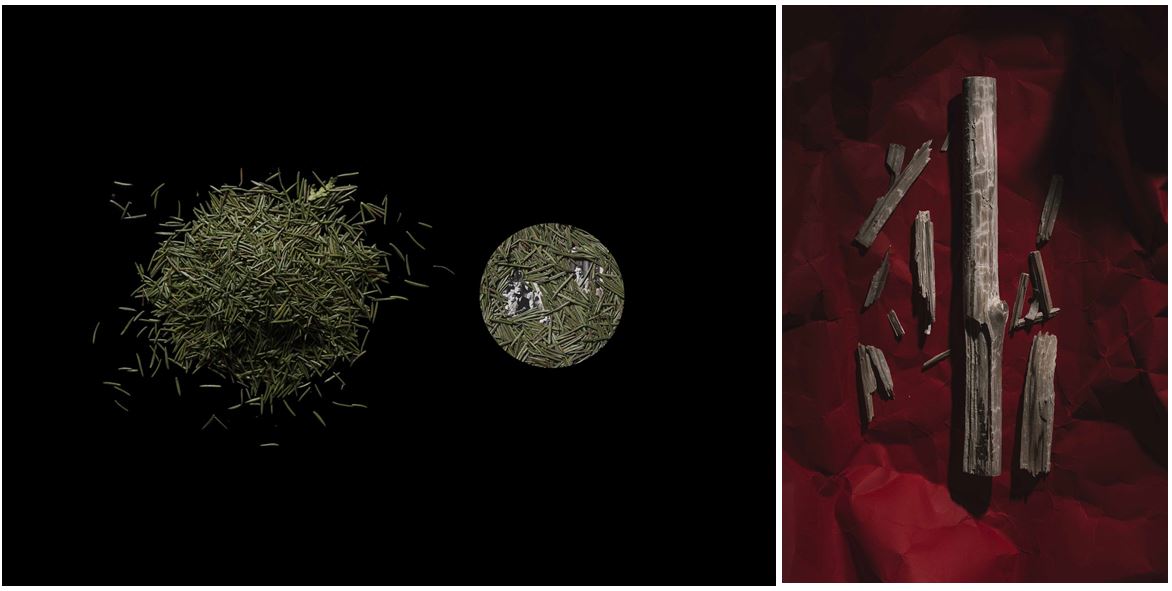
My Response To Lewis Bush
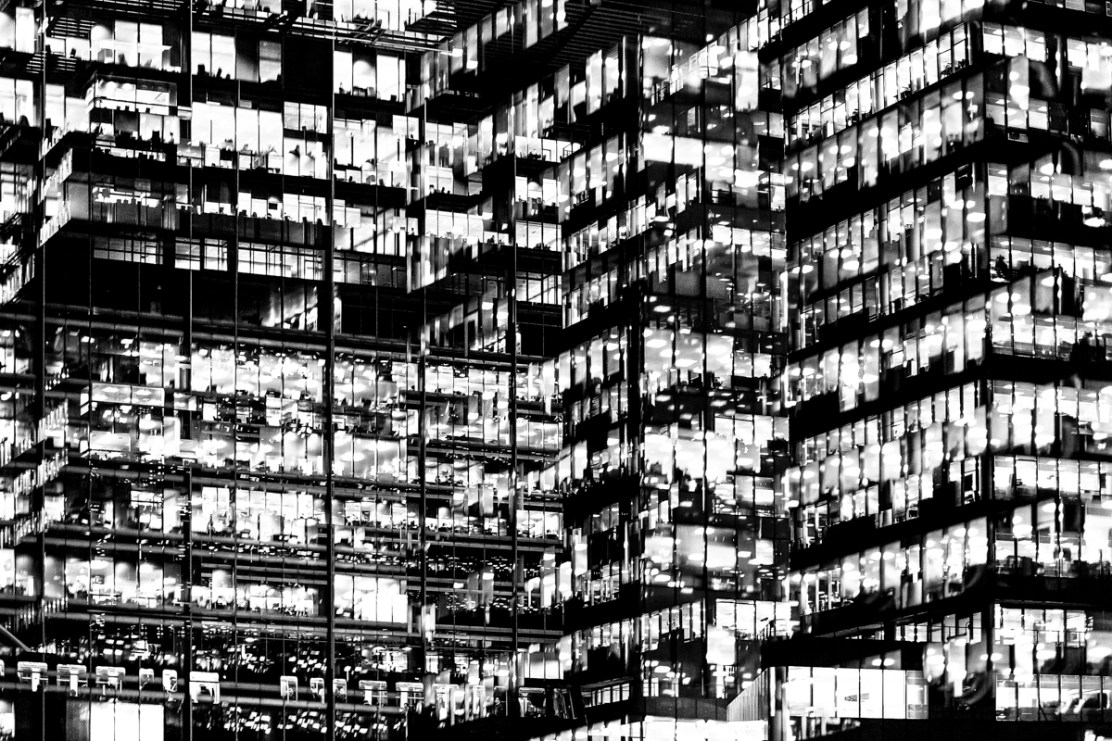 In my response to Lewis Bush I am going to be photographing the financial sector within St. Helier in both day and night and then creating a double exposure effect with these photographs in photoshop. The inspiration for photographing the financial sector comes from Bush’s ‘Trading Zones‘ and the use of double exposure comes from his project ‘Metropole‘ in which he used this technique throughout. I will be carrying out two photoshoots for this response – one in the daytime and one at nighttime. This will allow me to be able to work with a wide variety of photographs in order to create different effects and settings within the edits.
In my response to Lewis Bush I am going to be photographing the financial sector within St. Helier in both day and night and then creating a double exposure effect with these photographs in photoshop. The inspiration for photographing the financial sector comes from Bush’s ‘Trading Zones‘ and the use of double exposure comes from his project ‘Metropole‘ in which he used this technique throughout. I will be carrying out two photoshoots for this response – one in the daytime and one at nighttime. This will allow me to be able to work with a wide variety of photographs in order to create different effects and settings within the edits.
Contact Sheets

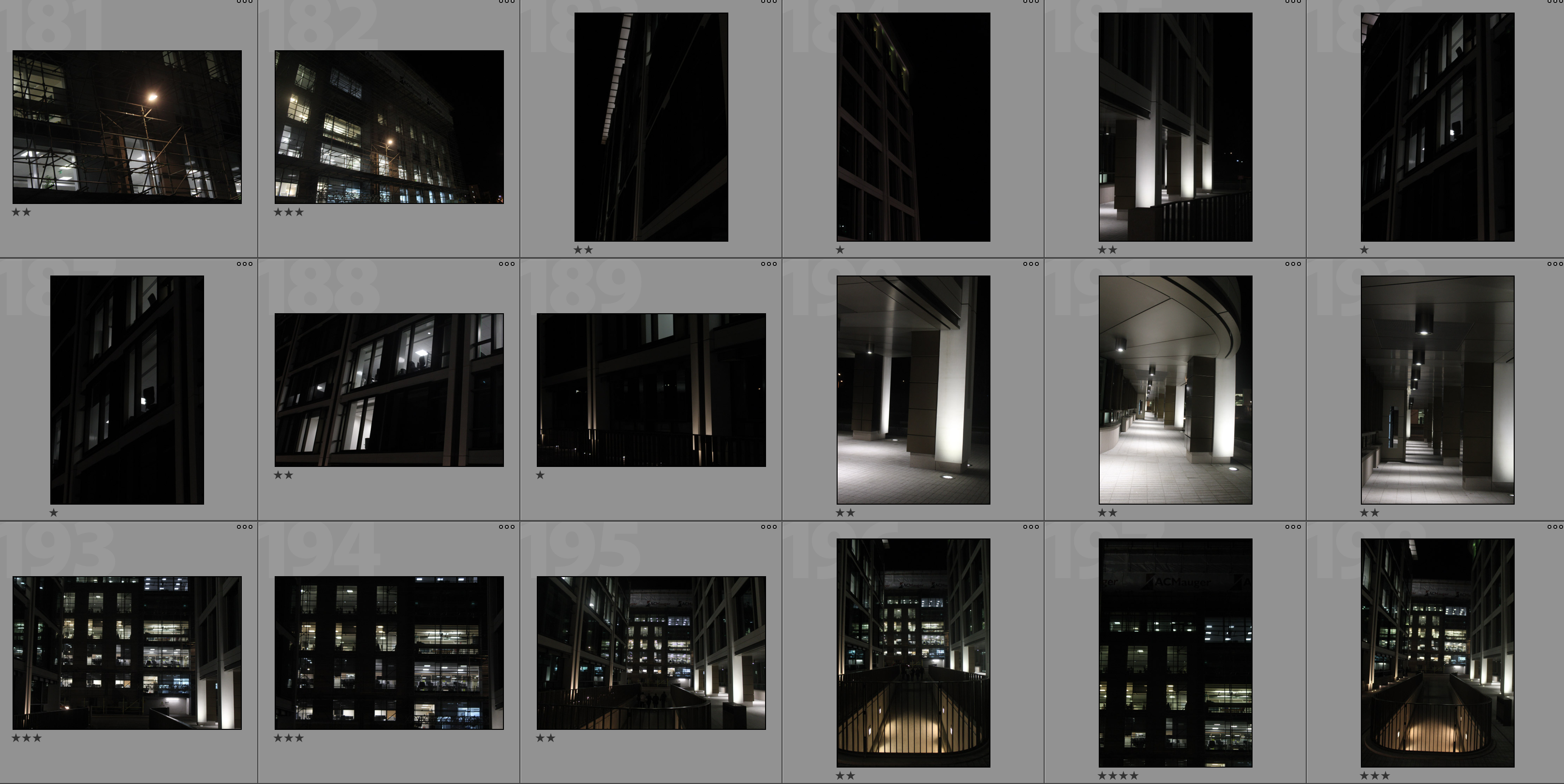
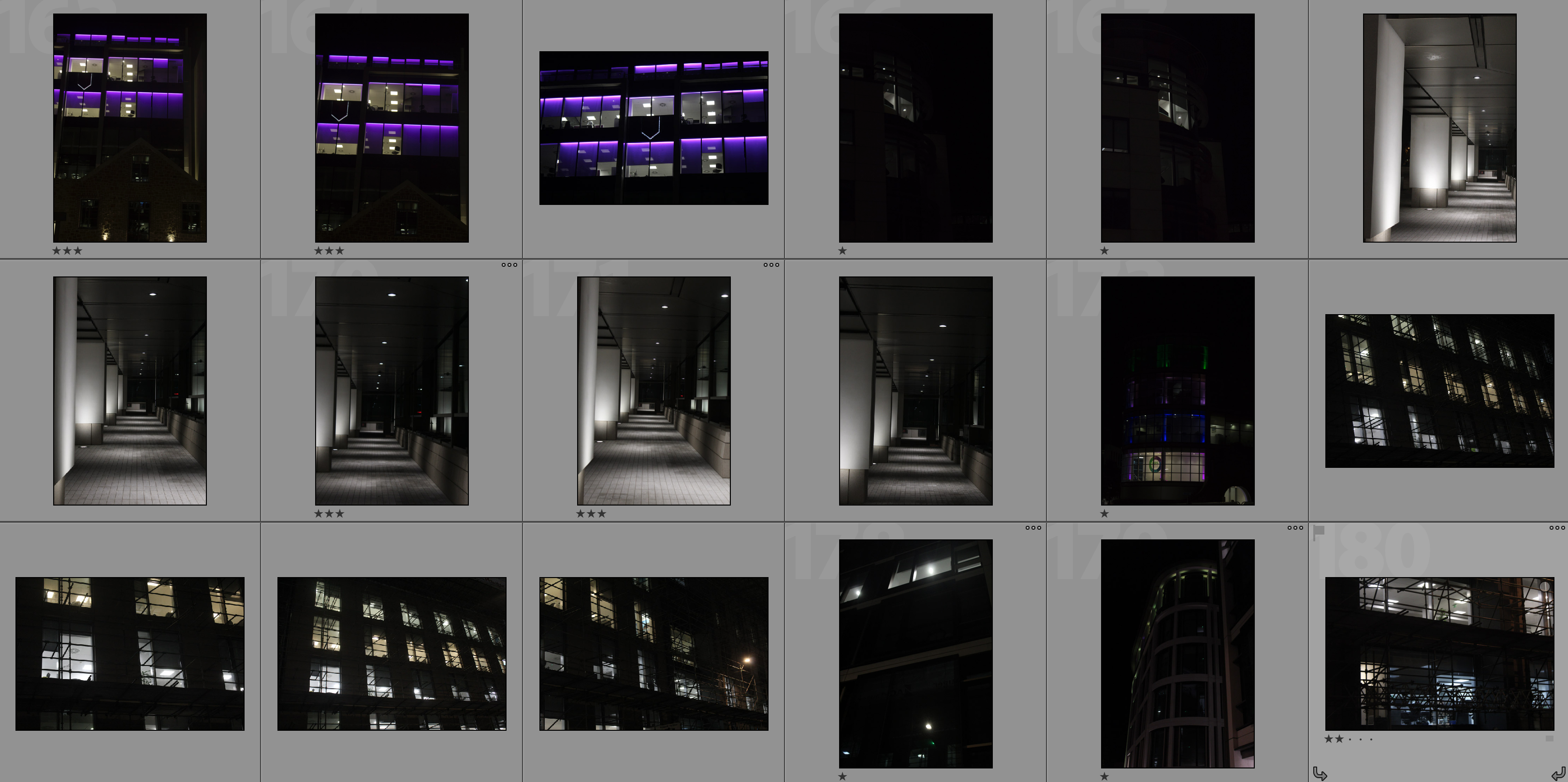
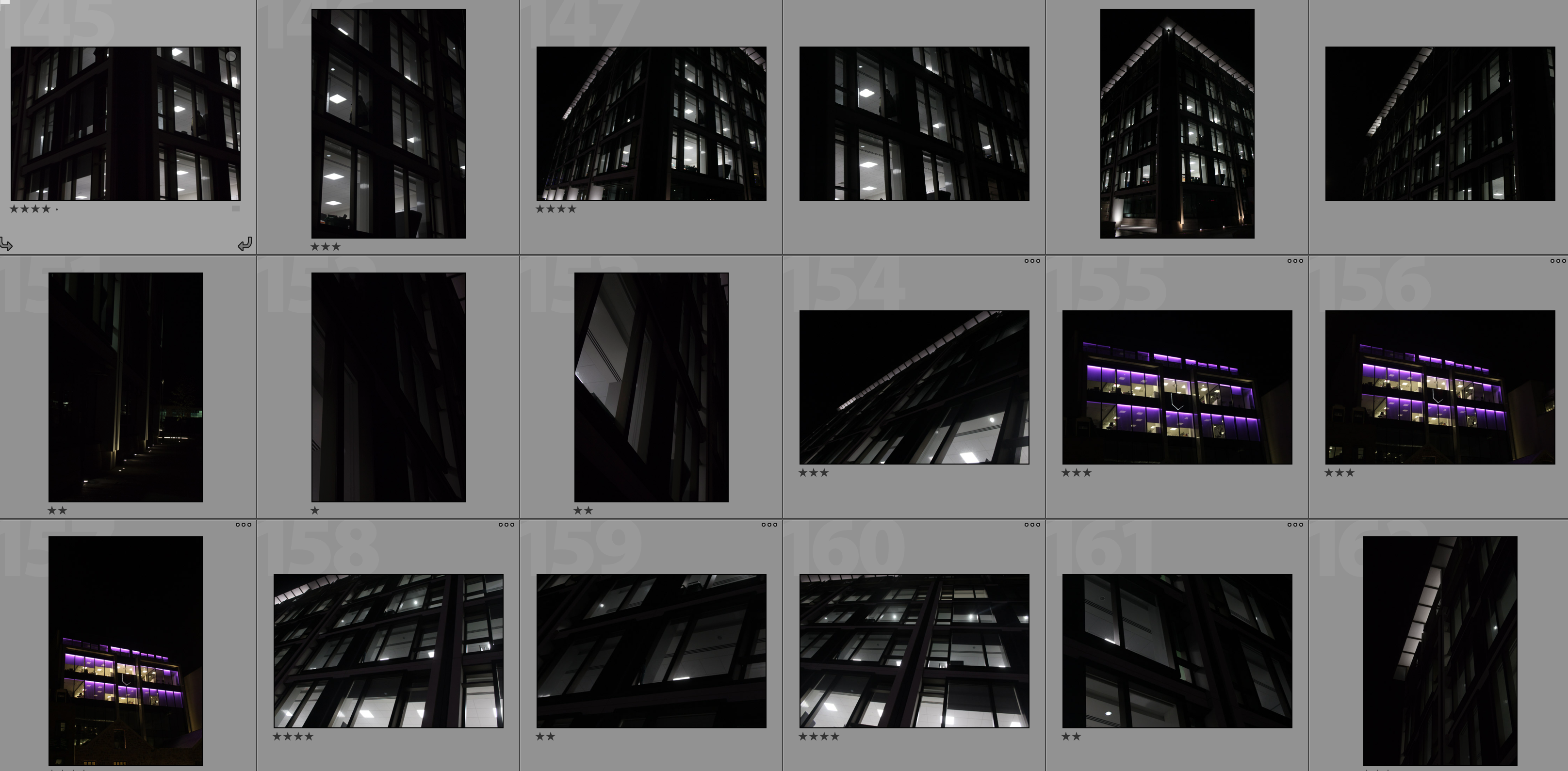
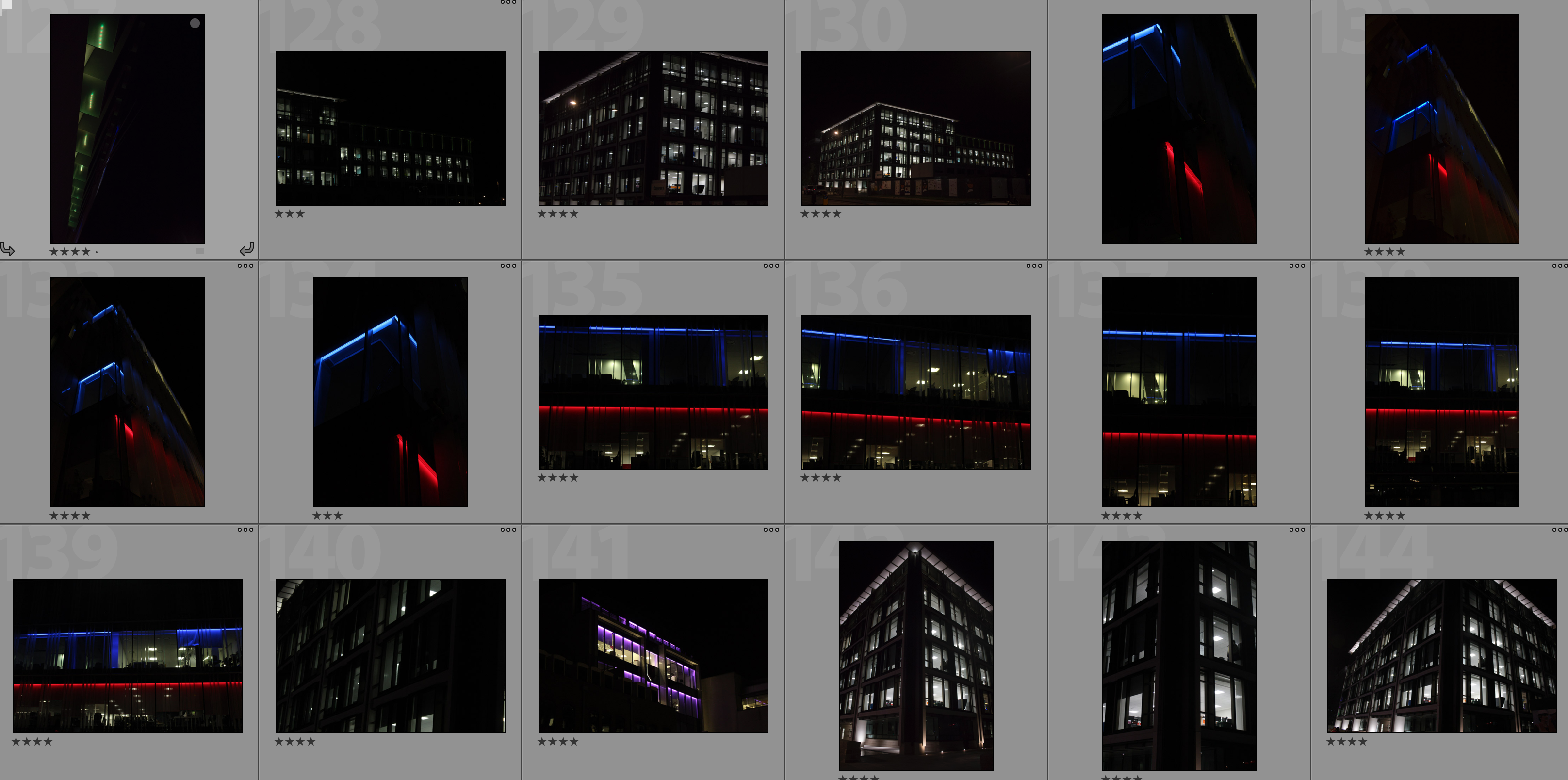

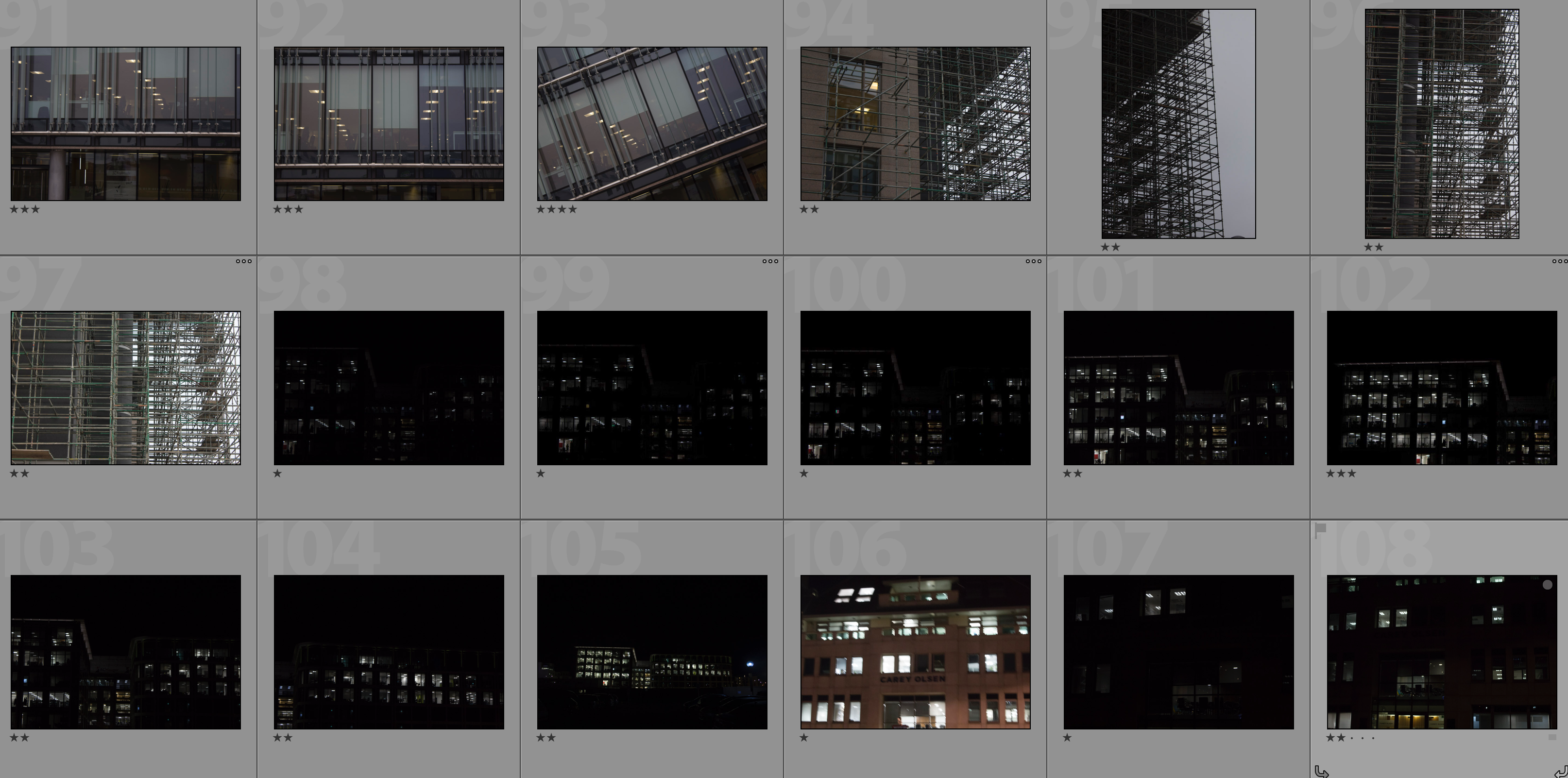

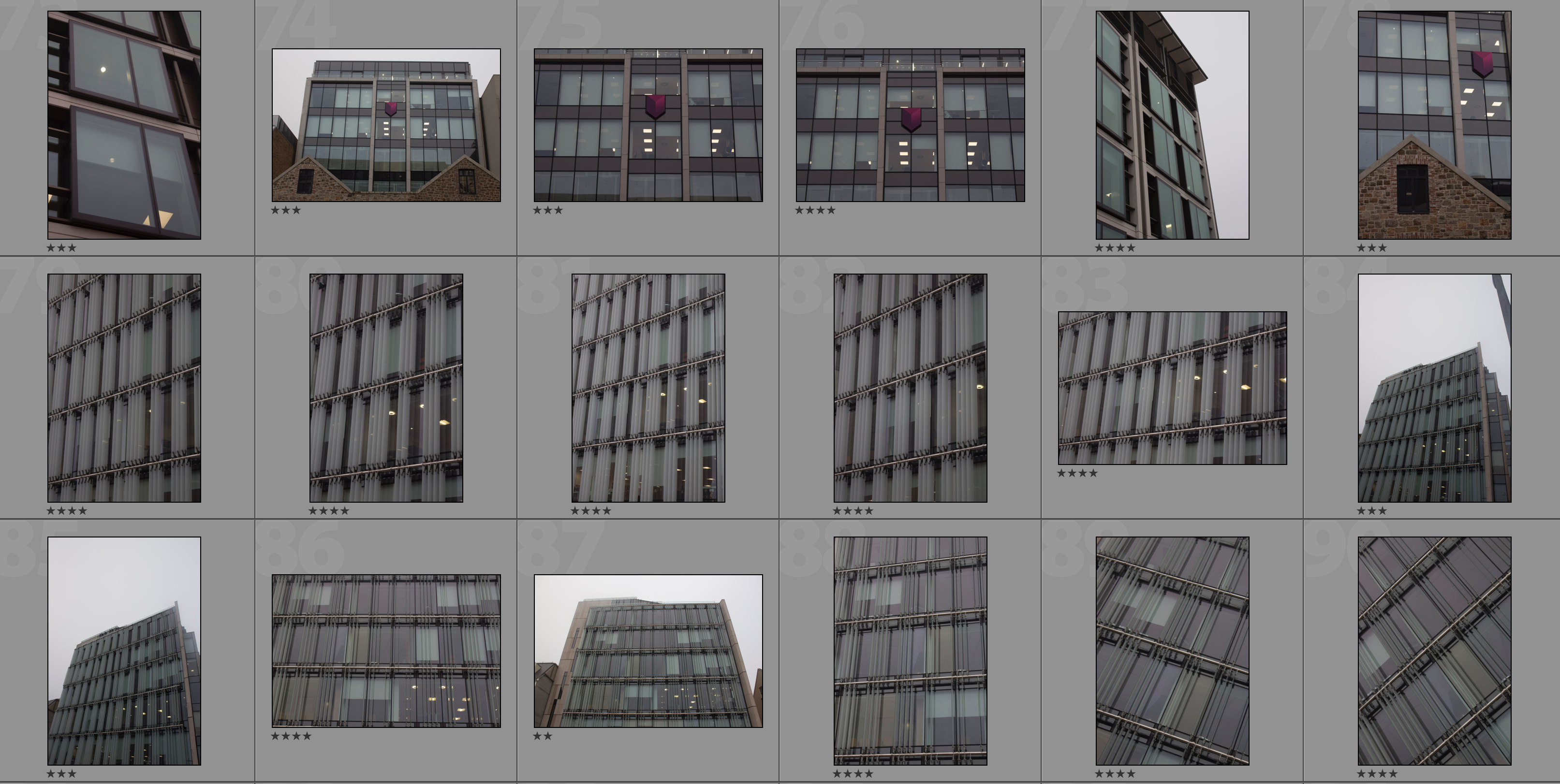
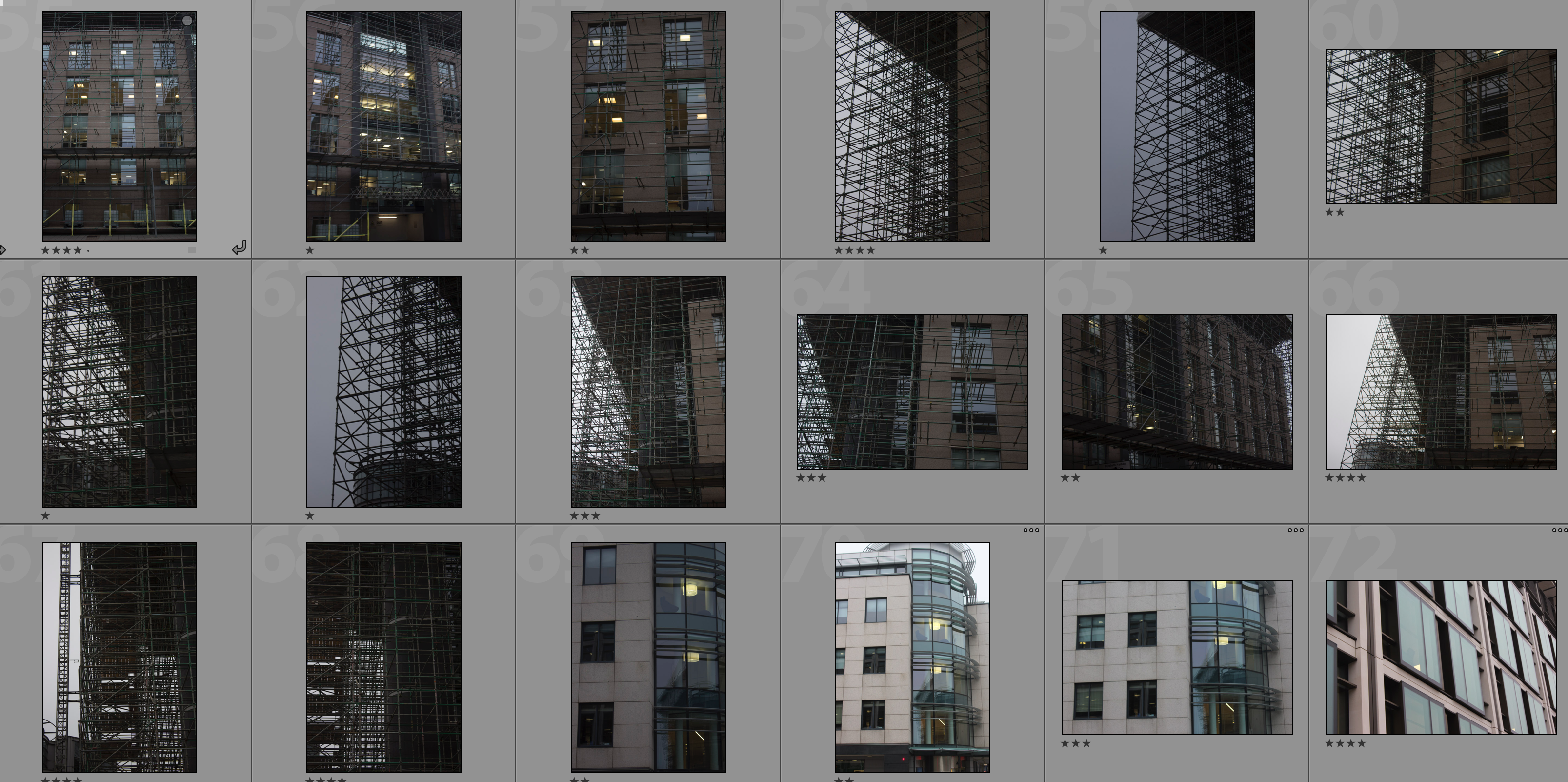
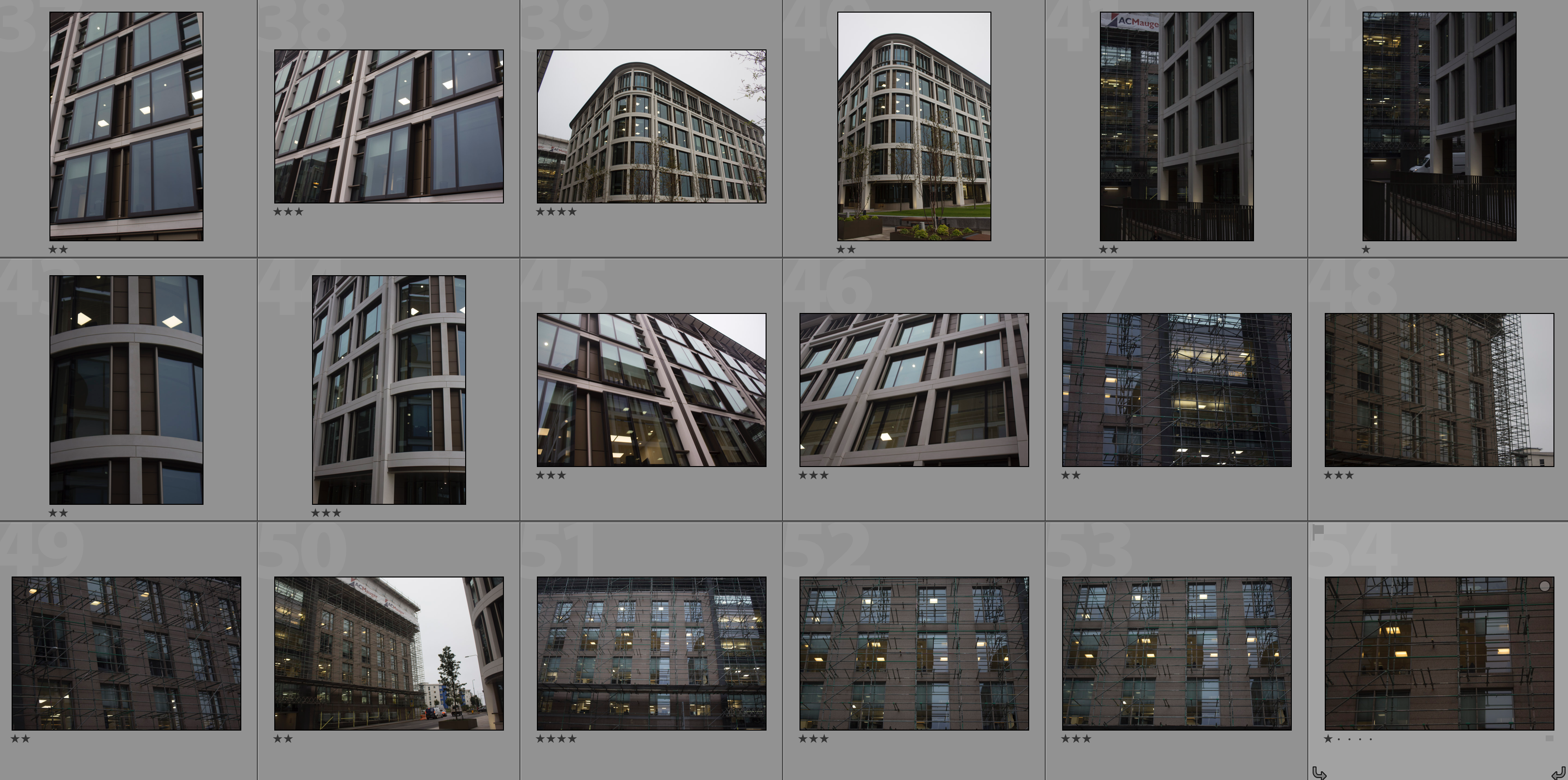
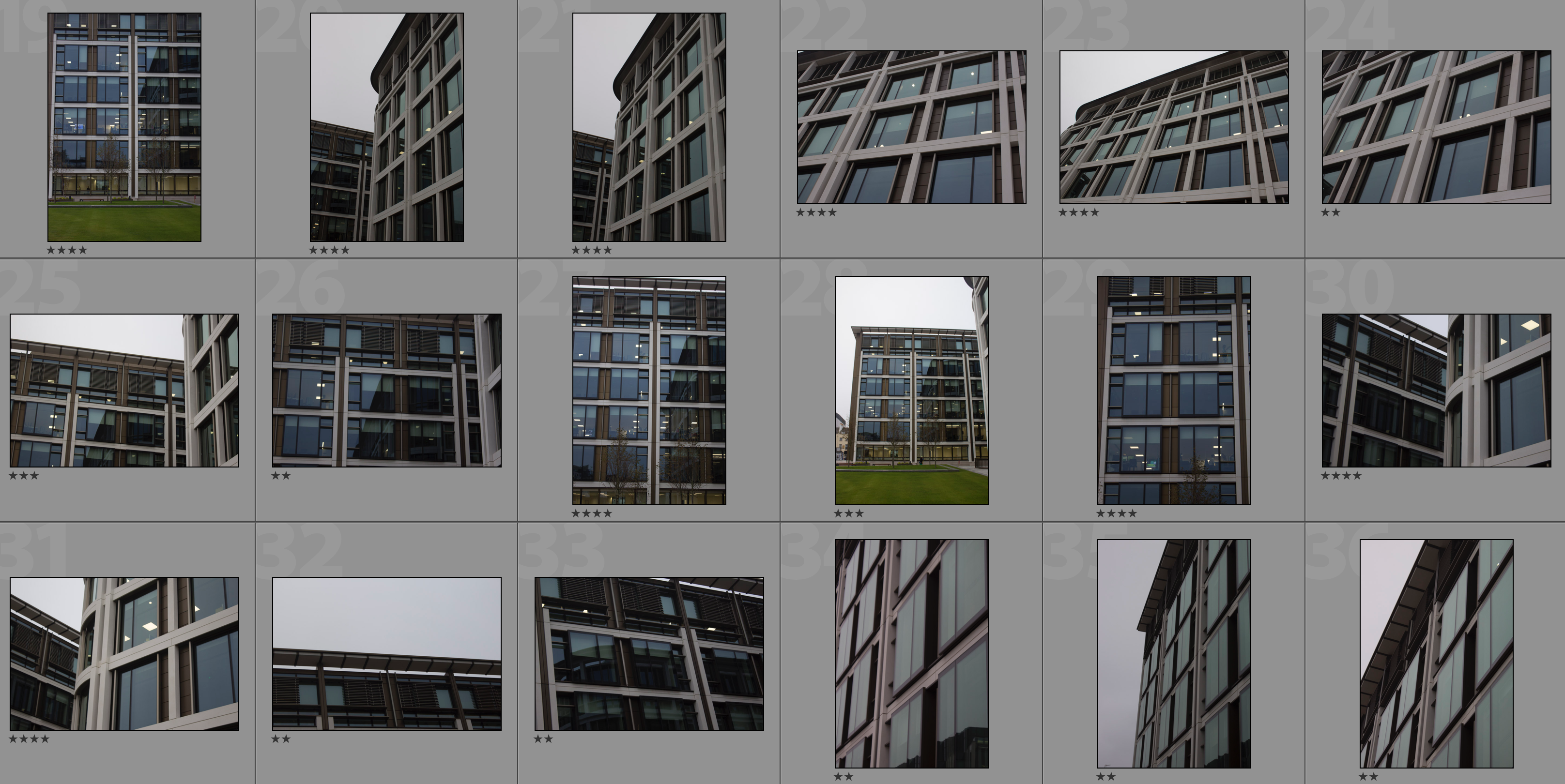
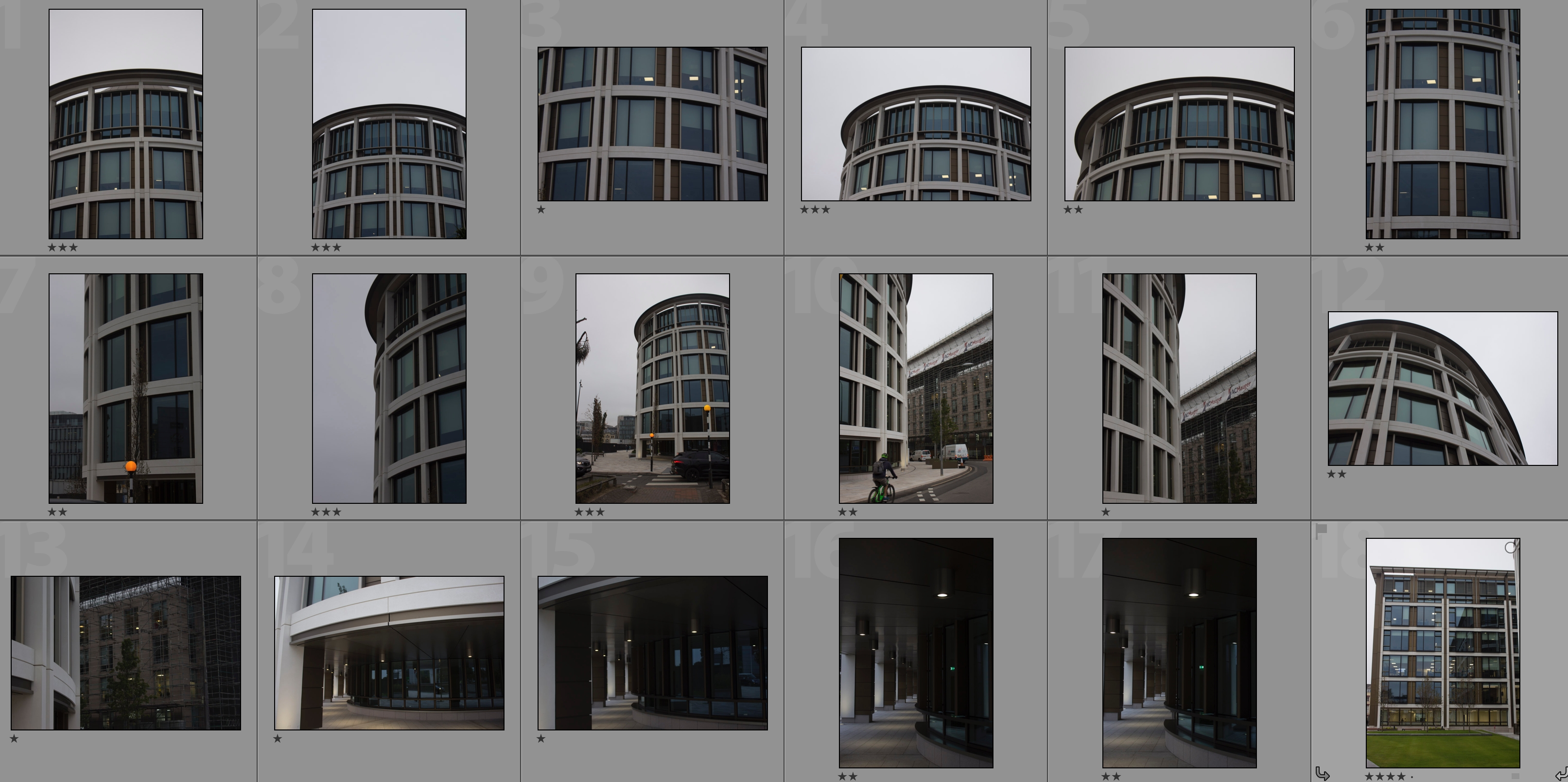
Editing Process
I carried out the double exposure editing on photoshop. I started by using the quick selection tool to separate the building from the rest of the photograph and clicked the ‘refine edge’ button to create a blank background. I then placed the second photograph over the base photograph and added a layer mask in order to shape the second photograph in line with the base photograph. After this I used command-L in order to edit the levels of the second photograph and so changing the black/white/grey properties. Next I selected the blending option as ‘lighten’ to allow the two photographs to merge. I repositioned the second photograph over the base photograph to create a double exposure effect then brought the background forward to reintroduce it to the composition. Finally I repeated this with multiple photographs to create a disorientating composition.


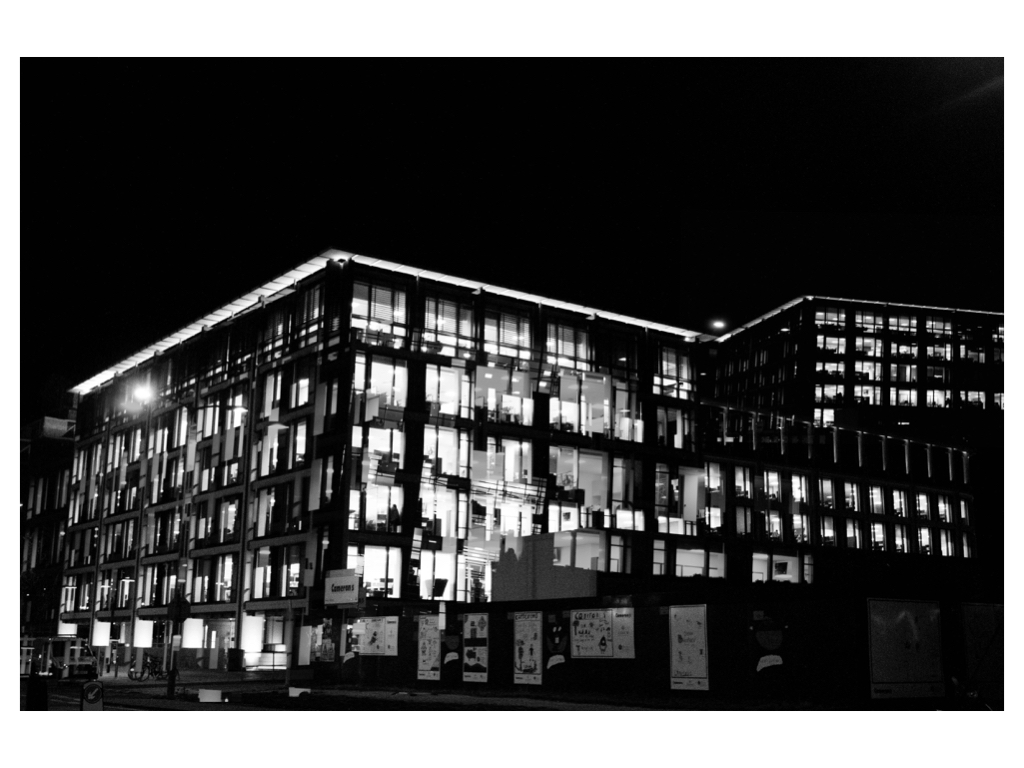
My Edits
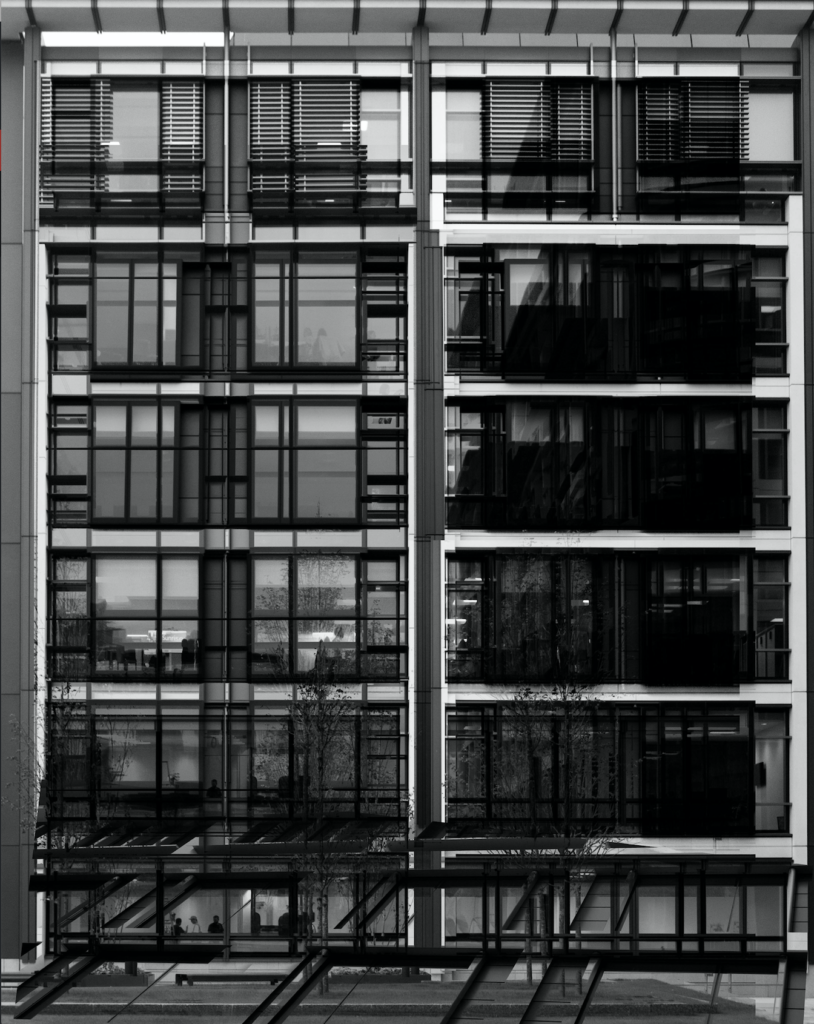
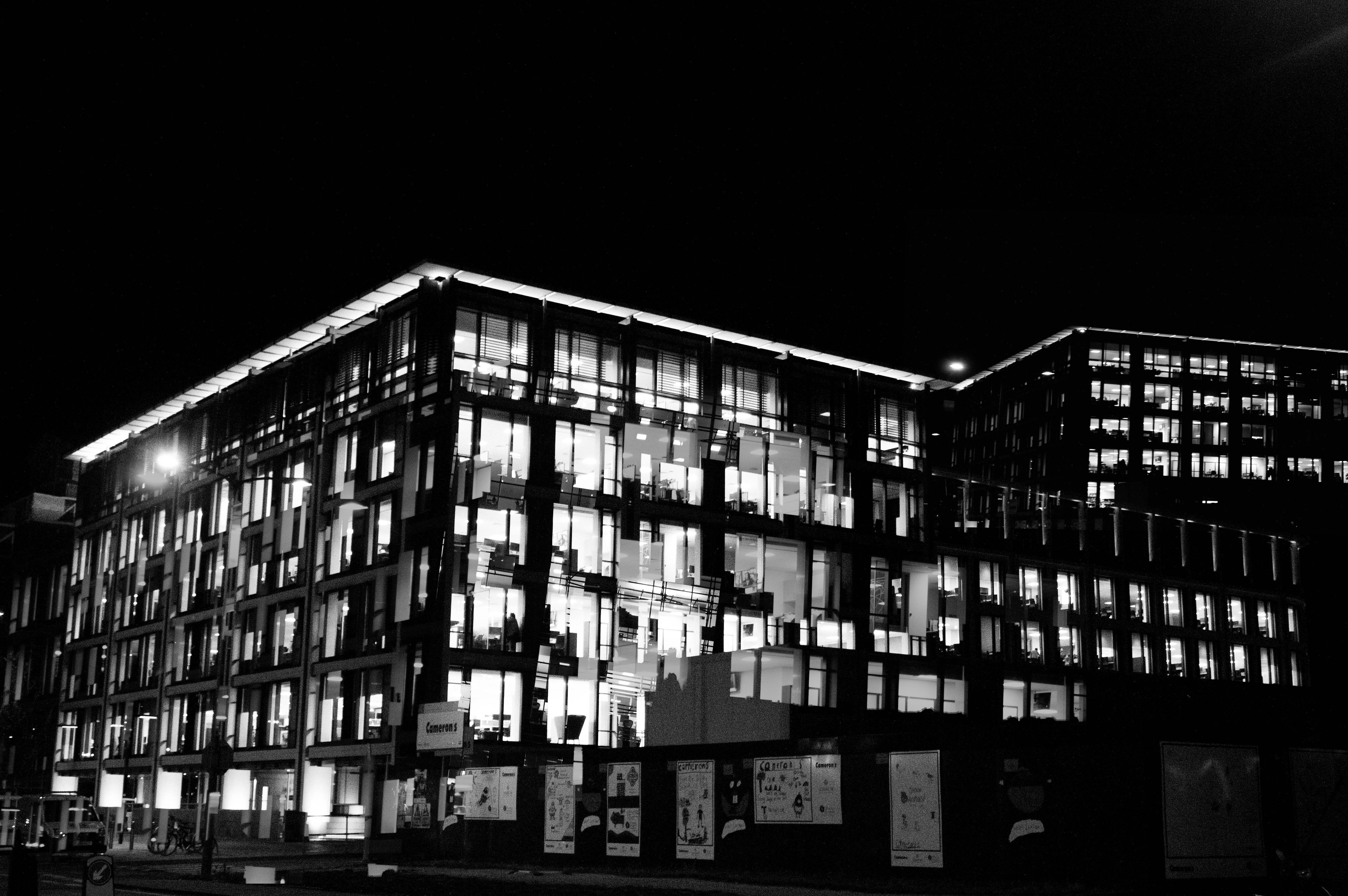
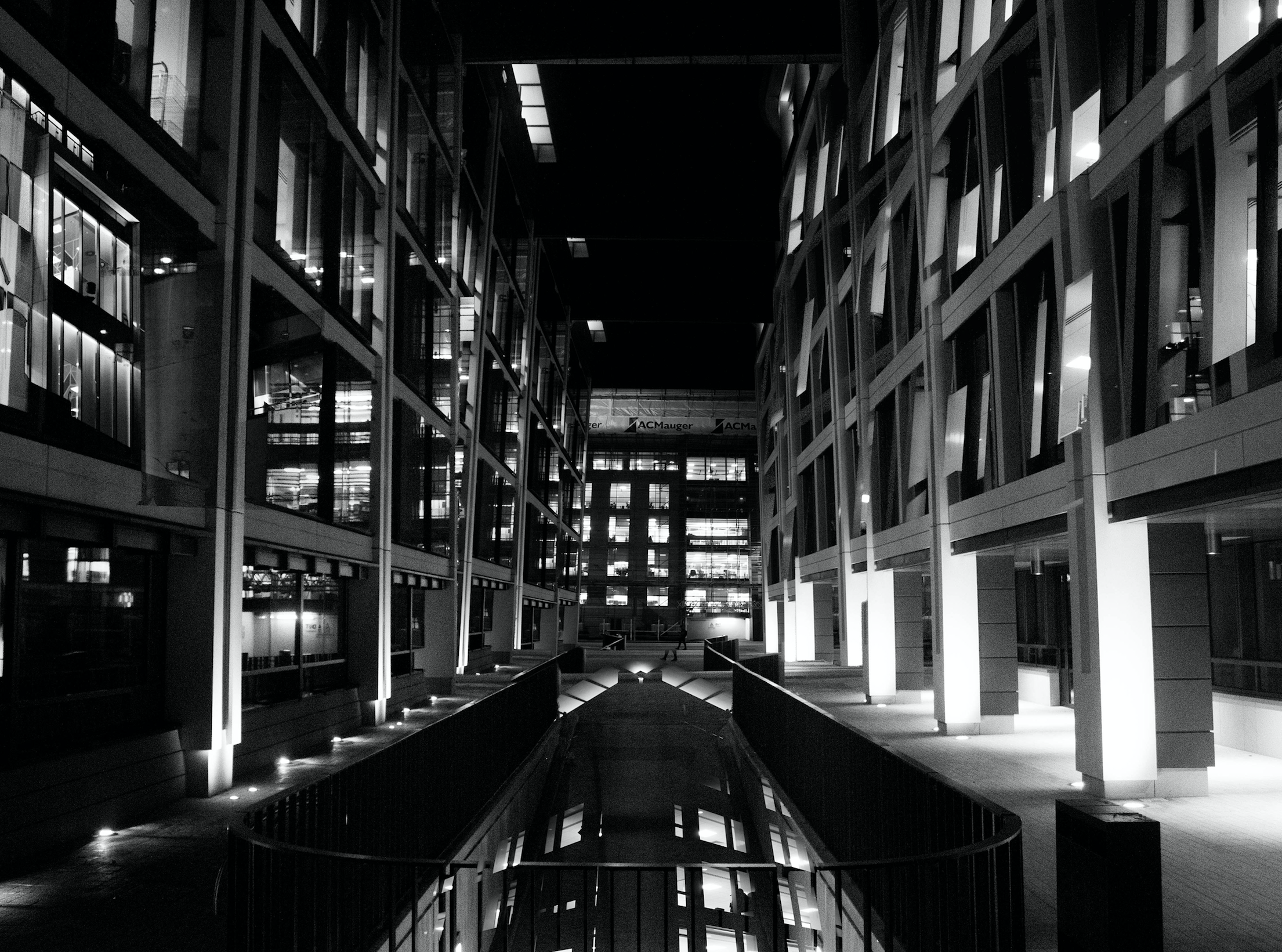

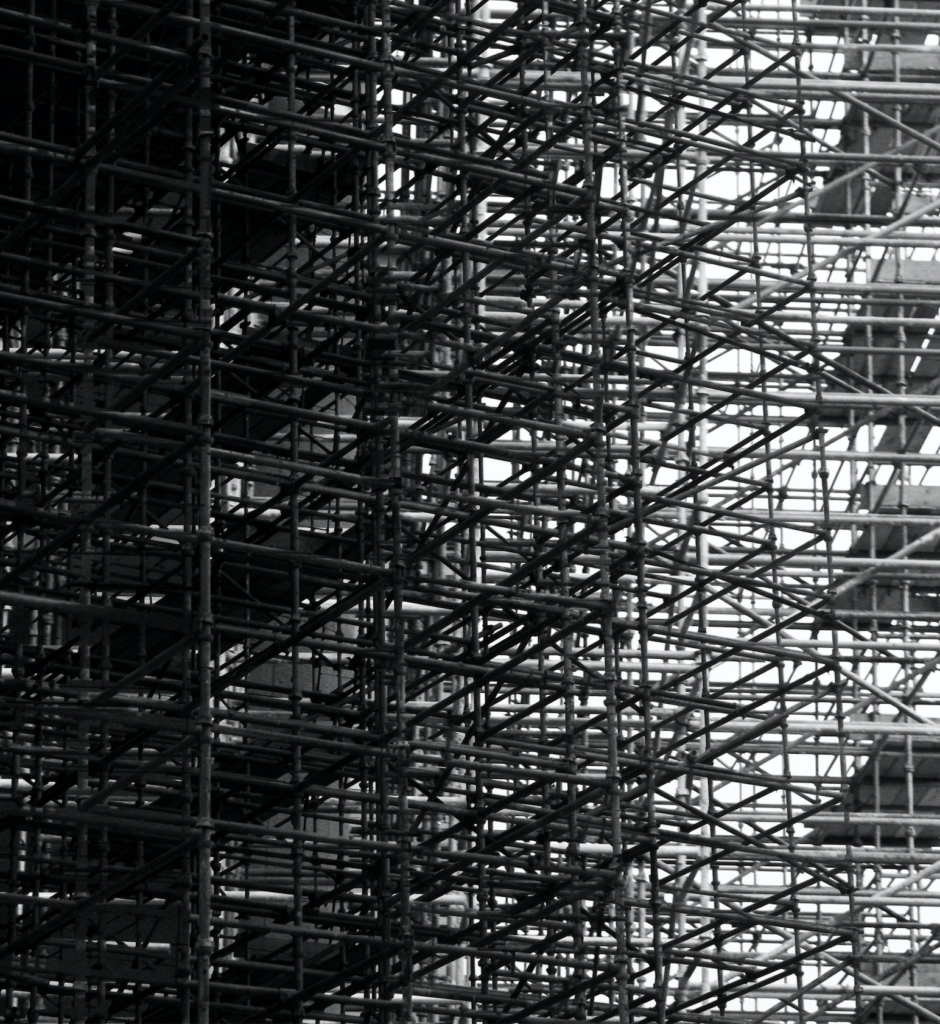
Analysis
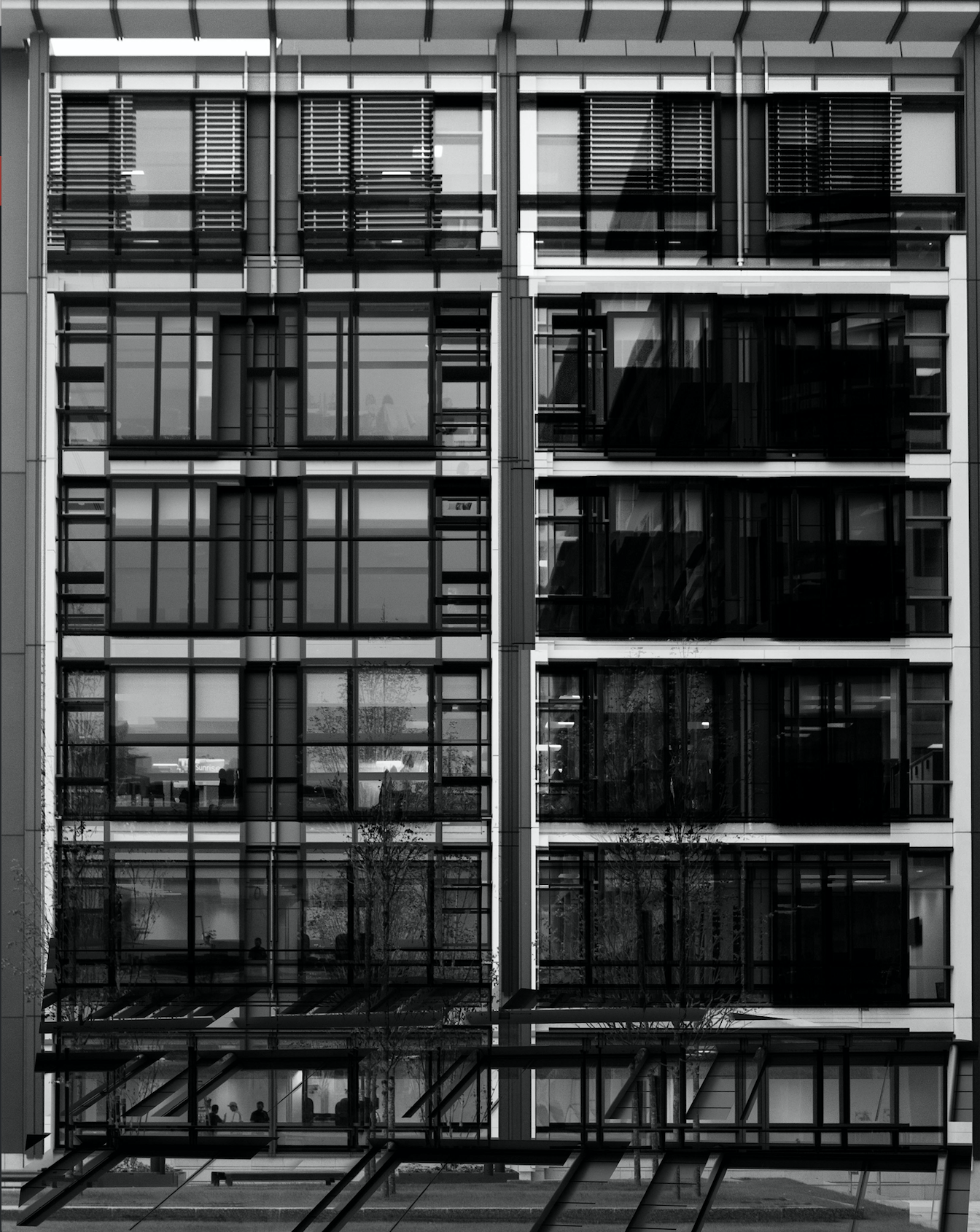
In this photograph I have used natural lighting in order to capture the natural shadows and contrast of the new finance centre in St. Helier. This natural lighting allowed for reflections in all of the windows which creates a variety of tones throughout the composition. This variety of tones creates contrast between the dark black frames and the grey tones of the windows. I used a deep depth of field to capture this photograph to ensure that every detail was in focus including the reflections in the windows. By layering multiple photographs over the top of the original I have been able to create dark frames and dark shadows to contrast with the lighter tones – I think that this create a much more dramatic and slightly abstract photograph. I used a shutter speed of 1/60 to capture the original photograph along with a fairly low ISO of 200 in order to ensure that the photograph is exposed enough but is as high quality as possible. This high quality photograph allowed for the similar photographs overlayed on top to blend in well to provide more contrast and structure to the photograph.
There is no colour in this photograph as I thought that the black and white filter really allowed the black dark tones to come out to provide more contrast and shadows within the photograph. The lack of colour also allows the viewer to focus on the dark lines and paths running throughout the composition and so emphasising the disorientating intent of the photograph. The tones throughout this photograph are mostly gray with streaks of black running throughout it – there are not many bright tones in this photograph which I think works well as the grey and black tones allow the original photograph and the photographs on top to blend well together to create a photograph that is familiar to someone from Jersey but unfamiliar at the same time. From the way that I have cropped this photograph using perspective crop it is a very 2D and flat photograph except for the photograph overlayed in the bottom third of the photograph. This bottom third of the photograph appears to come towards the viewer which sends the rest of the photograph to the back, ultimately creating a sense of confusion within the viewer. The windows and lines throughout the photograph are very aesthetically pleasing as they create a pattern of squares and lines, making the photograph more intriguing. There is no immediate viewpoint that they eye is led to due to the abstractness and pattern throughout the photograph. The line straight down the middle of the photograph creates a sense of division within the composition as well as a sense of satisfaction due to the organisation of the placement.
I took inspiration for this photograph from Lewis Bush’s project ‘Metropole‘ in which he looked at the collapse of the British Empire and how in its place globalised capitalism grew as London has been rebranded as “a city of demolition, cranes, and glittering new high rises”. ‘Metropole’ aims to record the effect of this on London through the form of documentary photography and I aim to show the effect of how Jersey has changed with the construction of the new financial centre and all the new flats and other offices within the area. St. Helier has changed drastically over the past couple decades and it may seem as if it is moving too fast for some of the residents that have lived through these stages. This photograph was taken as part of a shoot of the new financial centre, I took the original photograph and layered multiple photographs of the same centre over the top to create a disorientating effect.
I have attempted to recreate the double exposure that Bush used in his ‘Metropole‘ project in order to convey the idea that as the financial centre grows and as construction within the area goes on at the rate it is, the people of St. Helier are becoming more lost and disorientated as this is no longer the St. Helier that they’ve lived in for all of these years. Bush used this effect in order to create the “sense of loss that many Londoners feel” in the big city. This theme of a feeling of loss within the city links to the genre of ‘political landscape’ as it looks at both the present and past in St. Helier showing how it has changed and how the residents of St. Helier are feeling about it all. I think that the government of Jersey is focusing too much on construction and not what would really benefit and satisfy the people of Jersey.
Experimentation with shutter speed and conceptual ideas.
My main purpose for this shoot is to concentrate on the following two concepts: Night traces of light within a landscape, and mirrors over faces and using fire. I have chosen this as I was inspired by the artist: I have chosen this as I think these additional camera effects will add a dramatised effect to my photos. I think fire emphasises the ideology of pain and anger and will create. I believe will will open us a new concept that allows my images to be more shocking, and possibly connecting more of the sublime which I really want to emphasis. Due to the shoot being based in town I will concentrate the political issues to surrounding the lack of community within town and the amount of crime and poverty being highlighted.
I want to use light capture in order to capture the life and reflect a reality within the movement of people within the town. The place I am taking these photos is right outside the hospital and on peoples park. This is politically interesting as where I am in jersey. This is the governmental debate as to where to place the new hospital and wether it should be on peoples park. This could clearly communicate the anger within people who live in town and next to the park and feeling as tho there voices have been diminished as others are making their decision of their future. In my previous shoot I focused on a love and connection within the area and an anger for the castle as it was a clear presentative for the past place they lived and being discriminated against as they did not have as much money as the others controlling their decisions.
Shoot images, for experimentation.




I do need to further develop this shoot as many of the images I do not think I can develop in such a way as I would like. I think shoot works for a quick experimentation but I need to come back to this shoot and area and really further develop this shoot as a whole.
Plan for second shoot
My plan for the third shoot is a clear influence from the exhibition of clare cauhn. I wanted to focus on the the political correctness of femininity and the political influence that can be shown through this girls positioning within the landscape and the fragility to the atmosphere she is surrounded by. I also want to capture more landscape images that she is surrounded by, this could be the movement and emotion of the sea and also how this movement and fluidity of the water is mimicking the women herself. I believe the impact of the sea shows a stronger connection to that of the sublime and nature having a really strong power. I could in one of my next shoot like to focus on the way someone can go into the water and see both emotions within the person and movement and aggression of nature. I believe this would exactly hit my connection of the sublime, and this will really positively effect my shoot. Being submerged within an atmosphere in which you cannot breath and is deemed dangerous shows such a string emotion within the water and person. So a clear diegetic link between the shoot and emotions based of political bias.
shoot images:




edits:

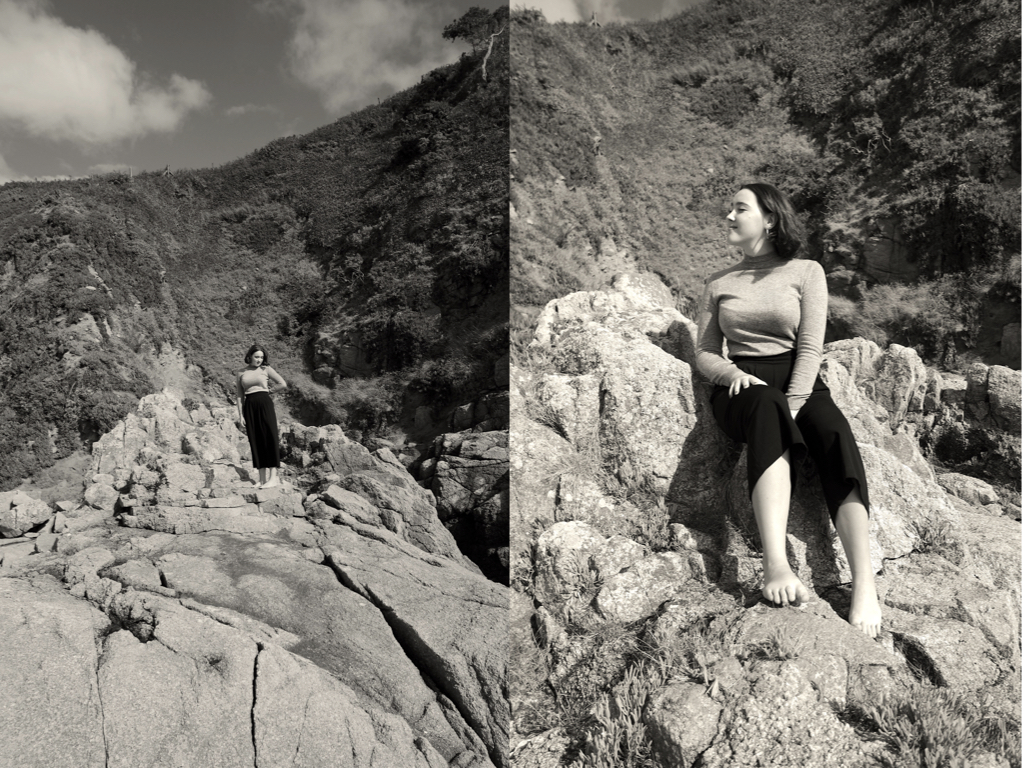

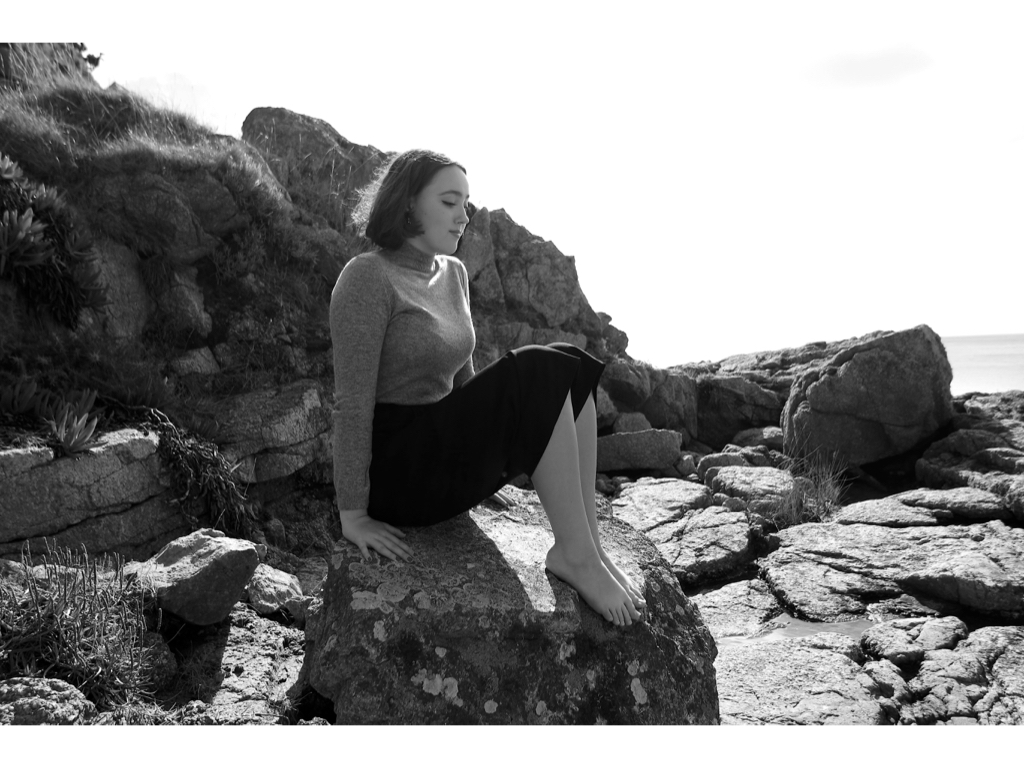



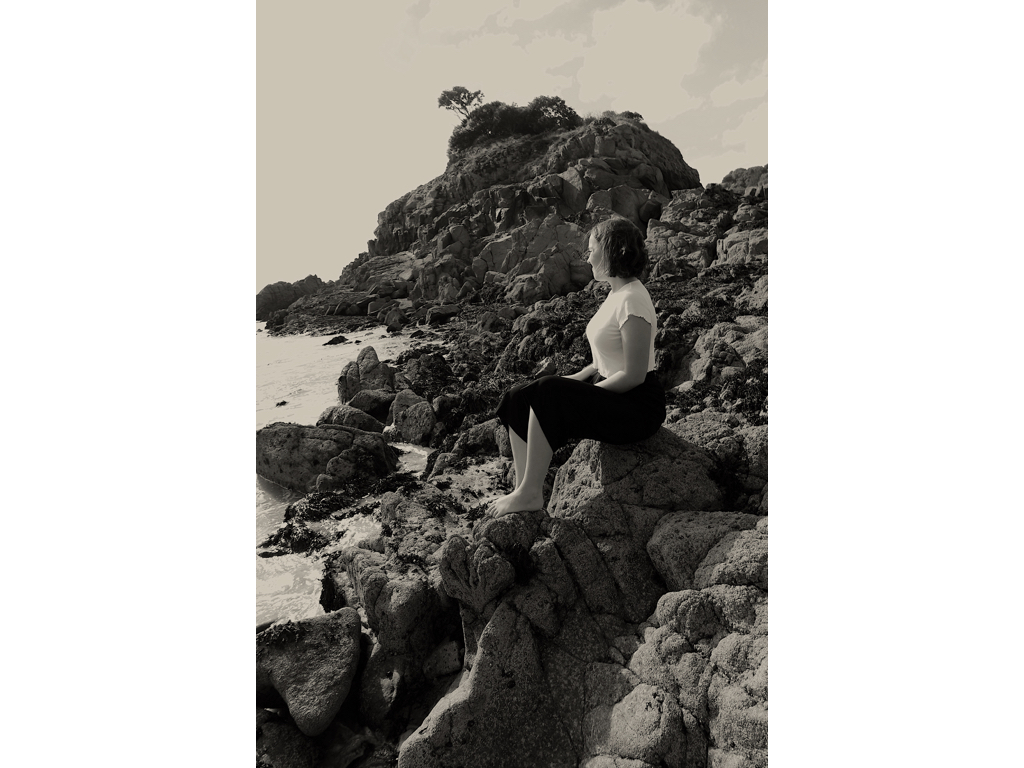
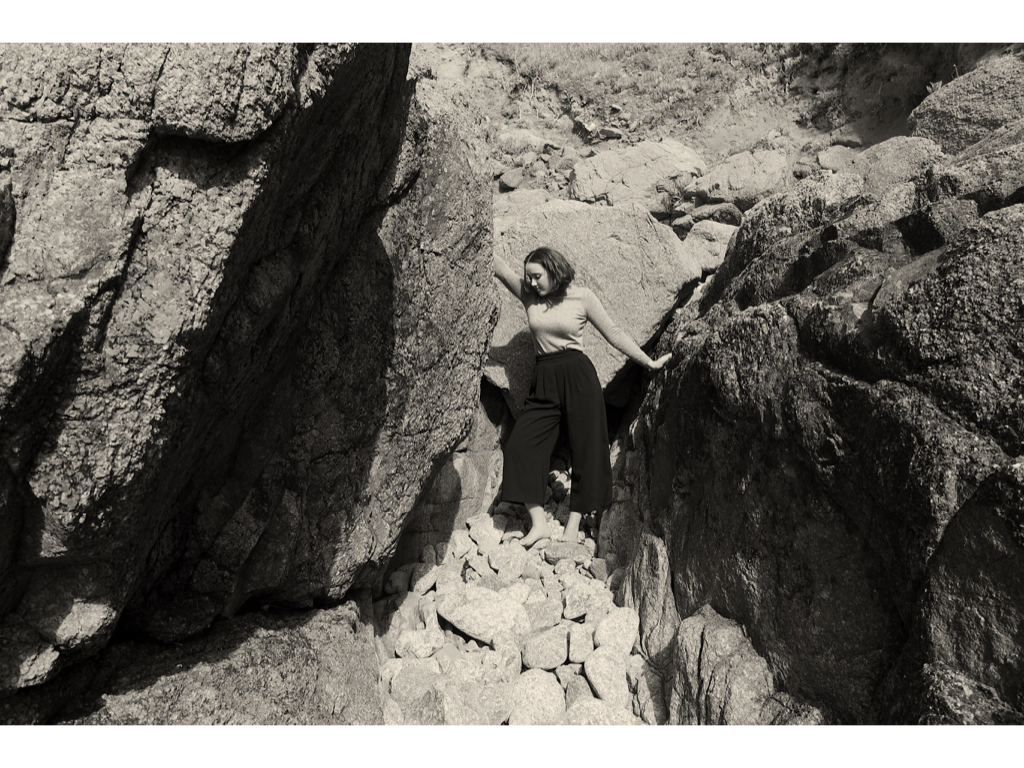
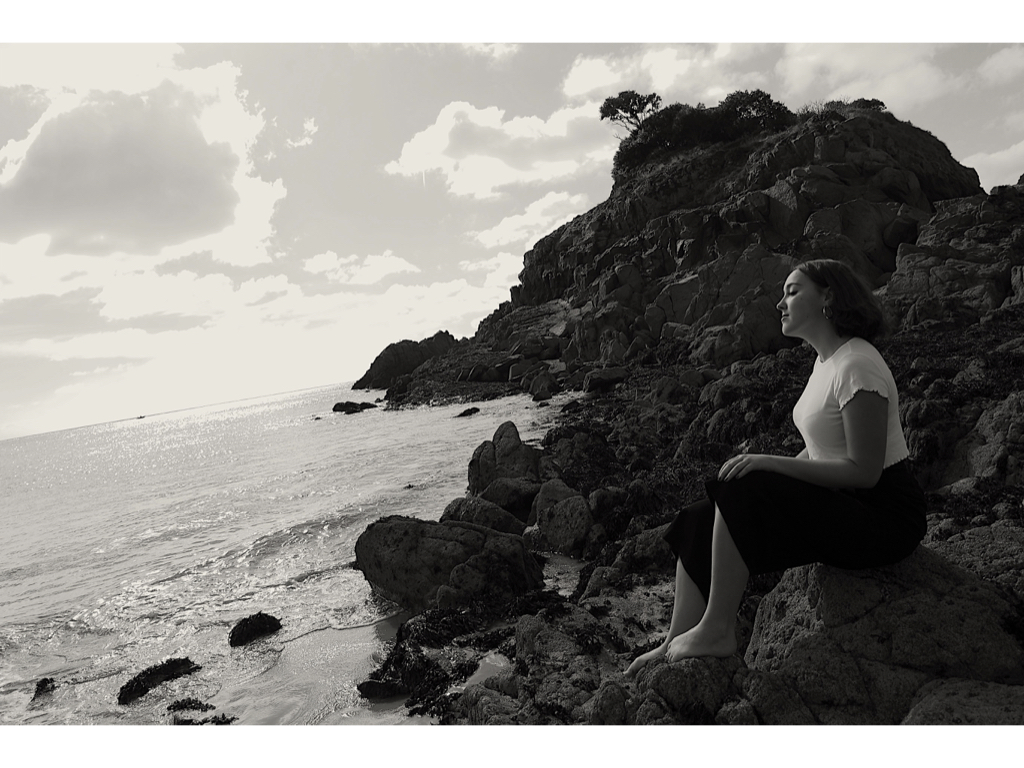







colour experiments
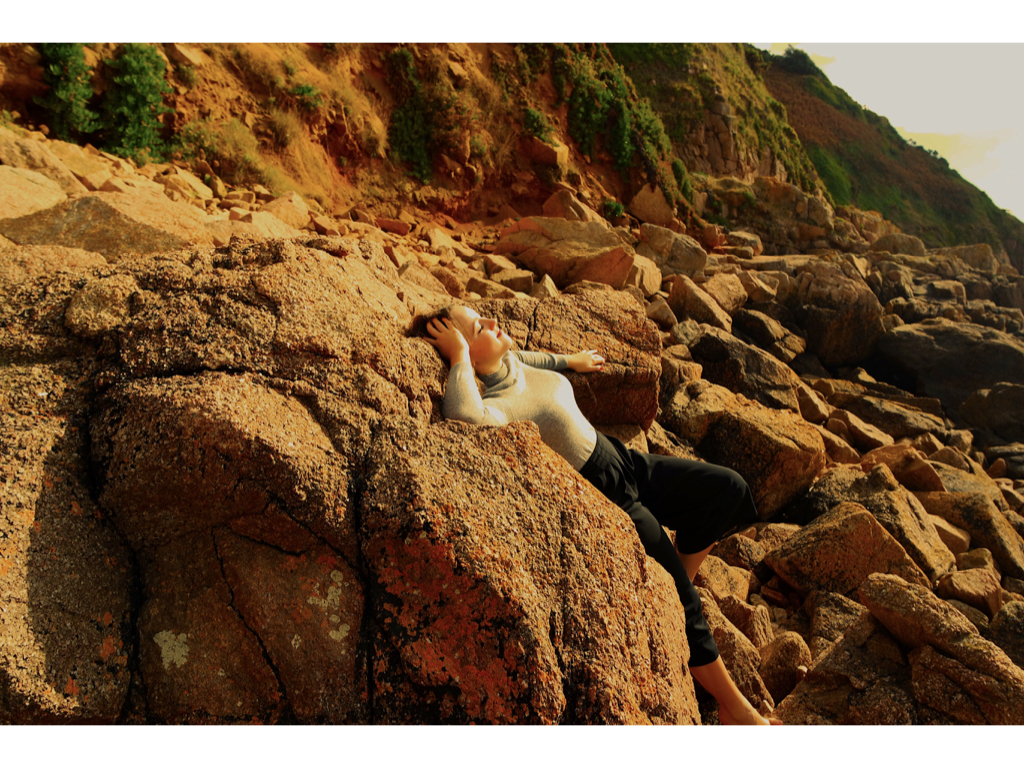



Experimentation:

For this edit I wanted to revert back to how I edited my previous shoot and how I focused upon the way these shapes, colours and lines can successfully impact a piece. I believe I should further experiment with the images and find more conceptual ways in which I could edit them. I do think the composition of these images are correct in the way it shapes from and connotes a sense of femininity within the images. This political bias is not necessarily seen through injustice but how the sublime environment enhances the femininity of the piece which contributes to the political factors of women rights and a stance for the power to which a gender can hold.
Evaluation: Overall I do think this photoshoot is a clear presentation of my inspiration from claude chaun and additionally is successful in the recreation of softness and emotion within the landscape itself.
Shoot 1

Cropping
Refined Selection

Final Image
